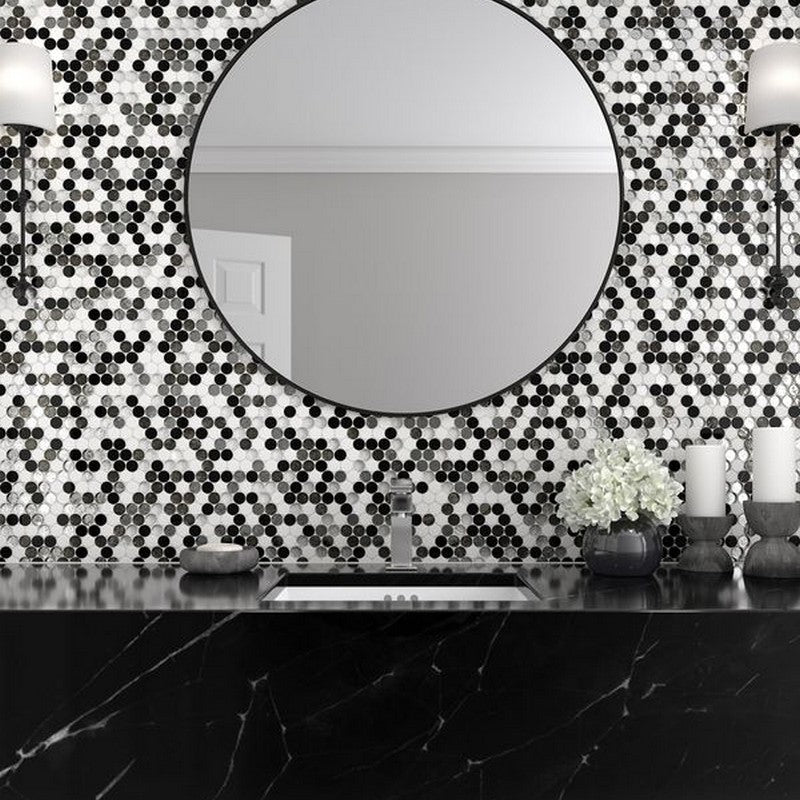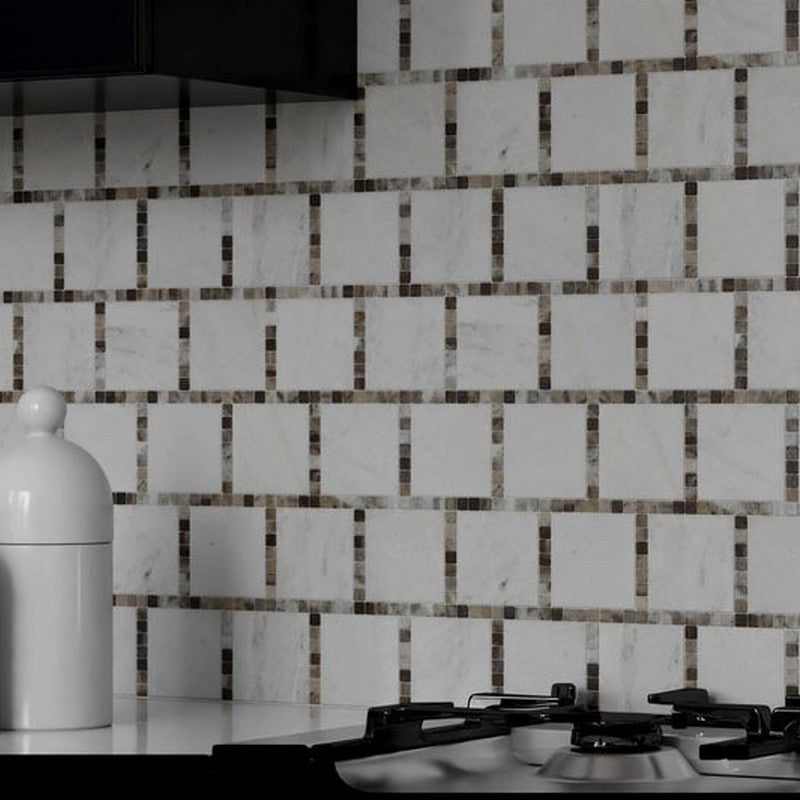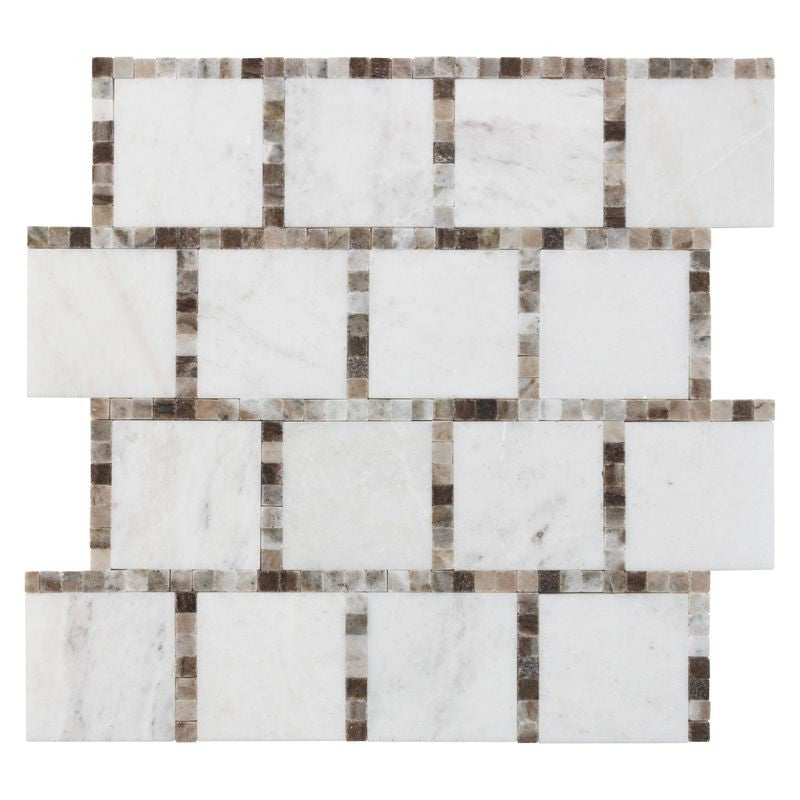
Natural Stone Floor Tiles
706 products
Showing 1 - 24 of 706 products
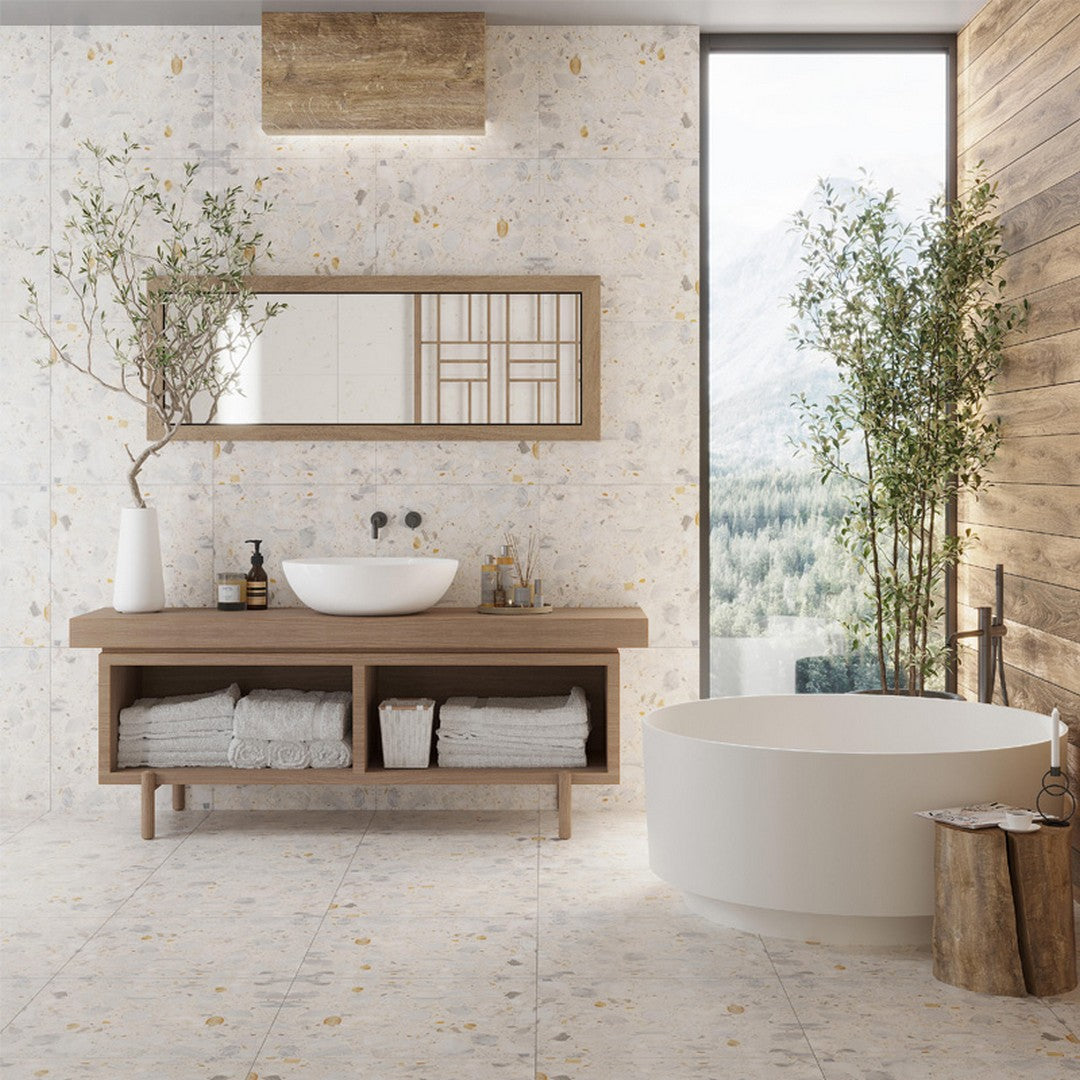

 MiR Terrazzo 23.62" x 23.62" Rectified Natural Stone Mosaic Polished
MiR Terrazzo 23.62" x 23.62" Rectified Natural Stone Mosaic Polished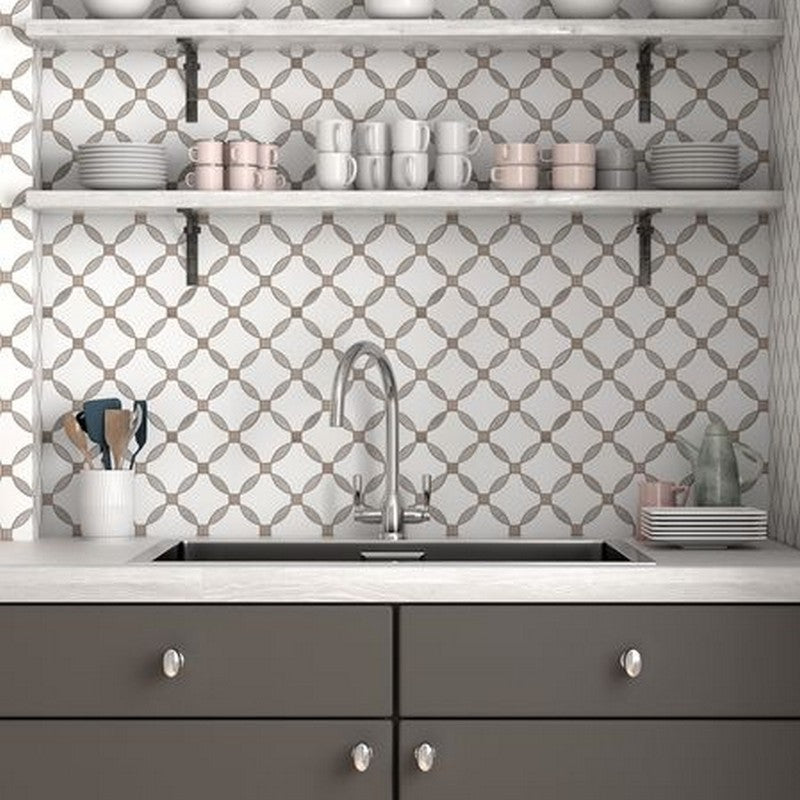
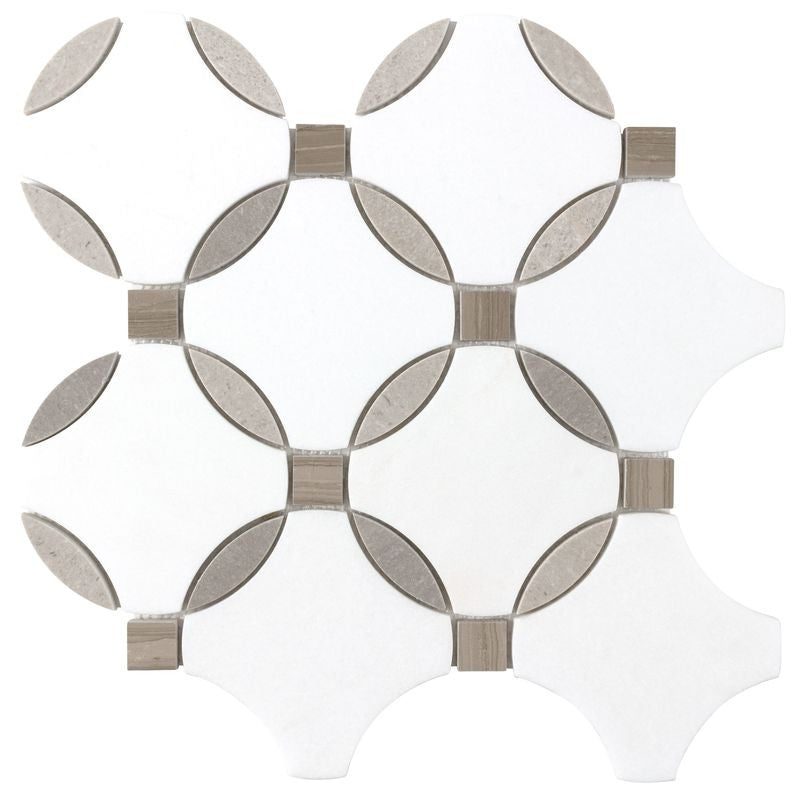
 Anthology Panache 12" x 13" Bavarian Lace Waterjet Mosaic
Anthology Panache 12" x 13" Bavarian Lace Waterjet Mosaic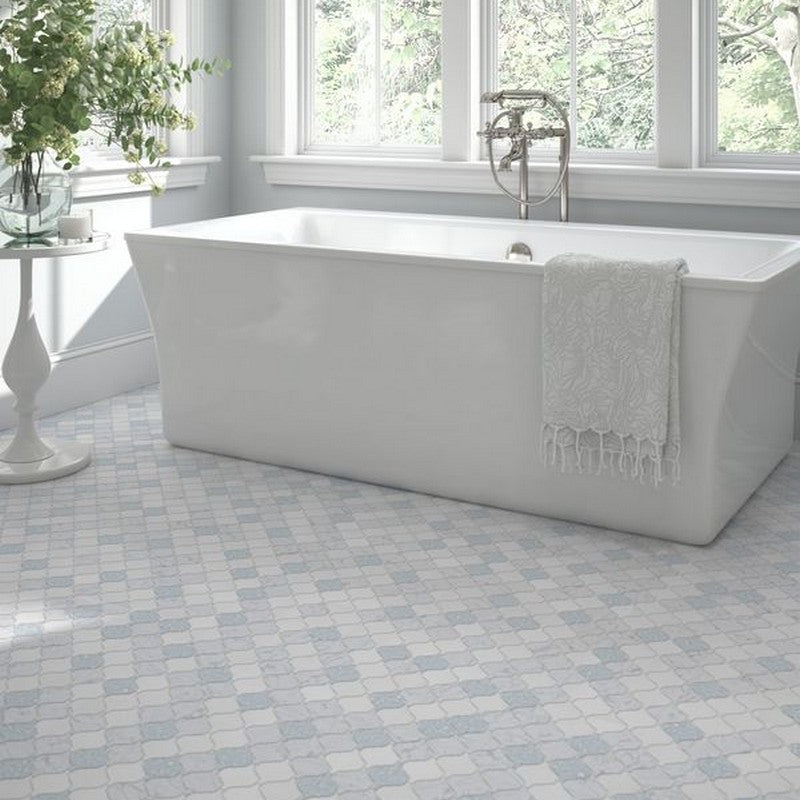
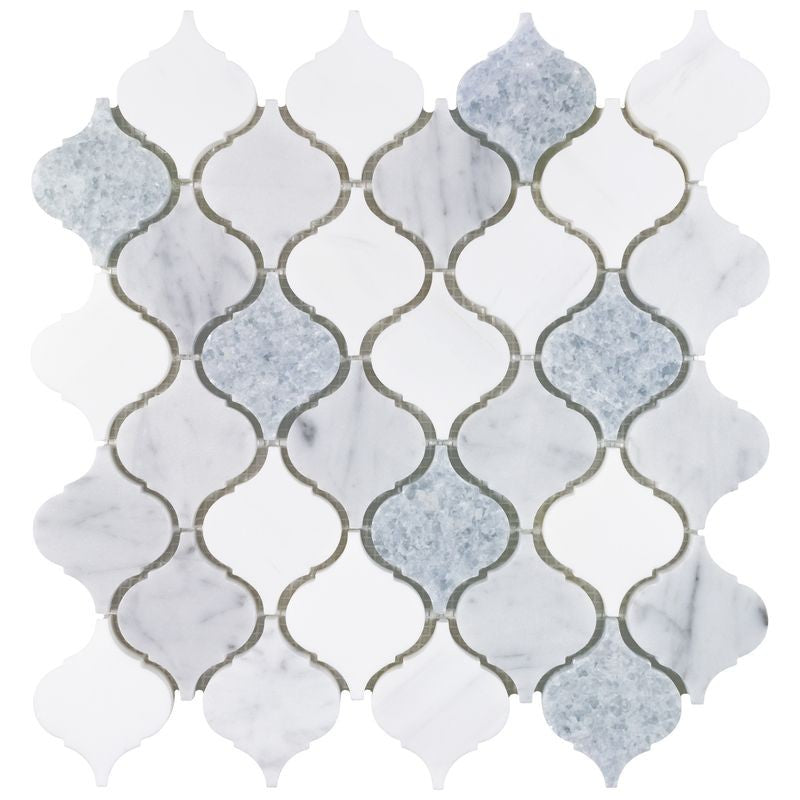
 Anthology Casablanca 14" x 13" Arabesque Mosaic
Anthology Casablanca 14" x 13" Arabesque Mosaic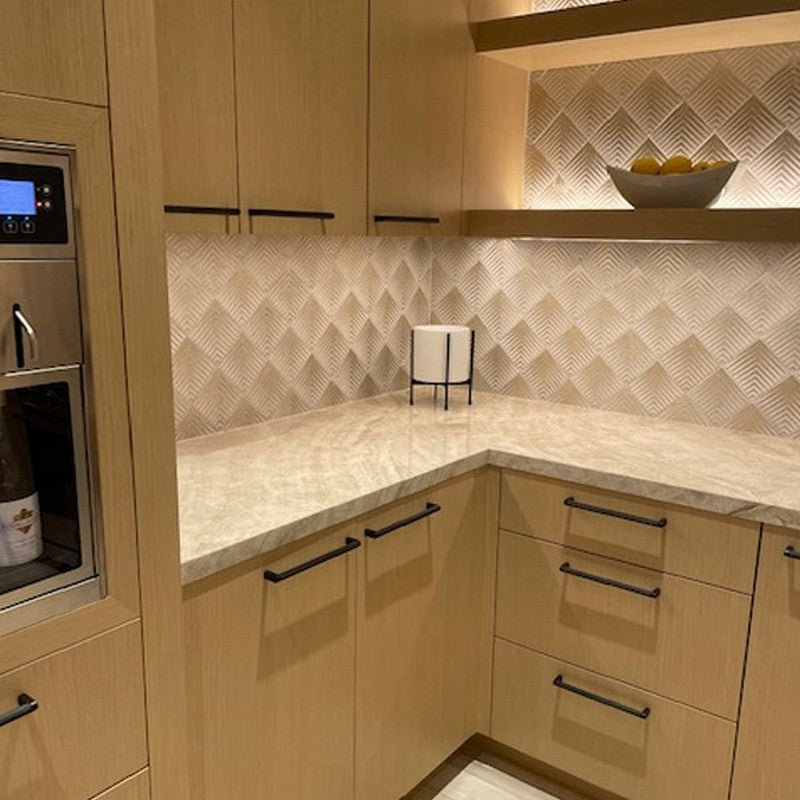
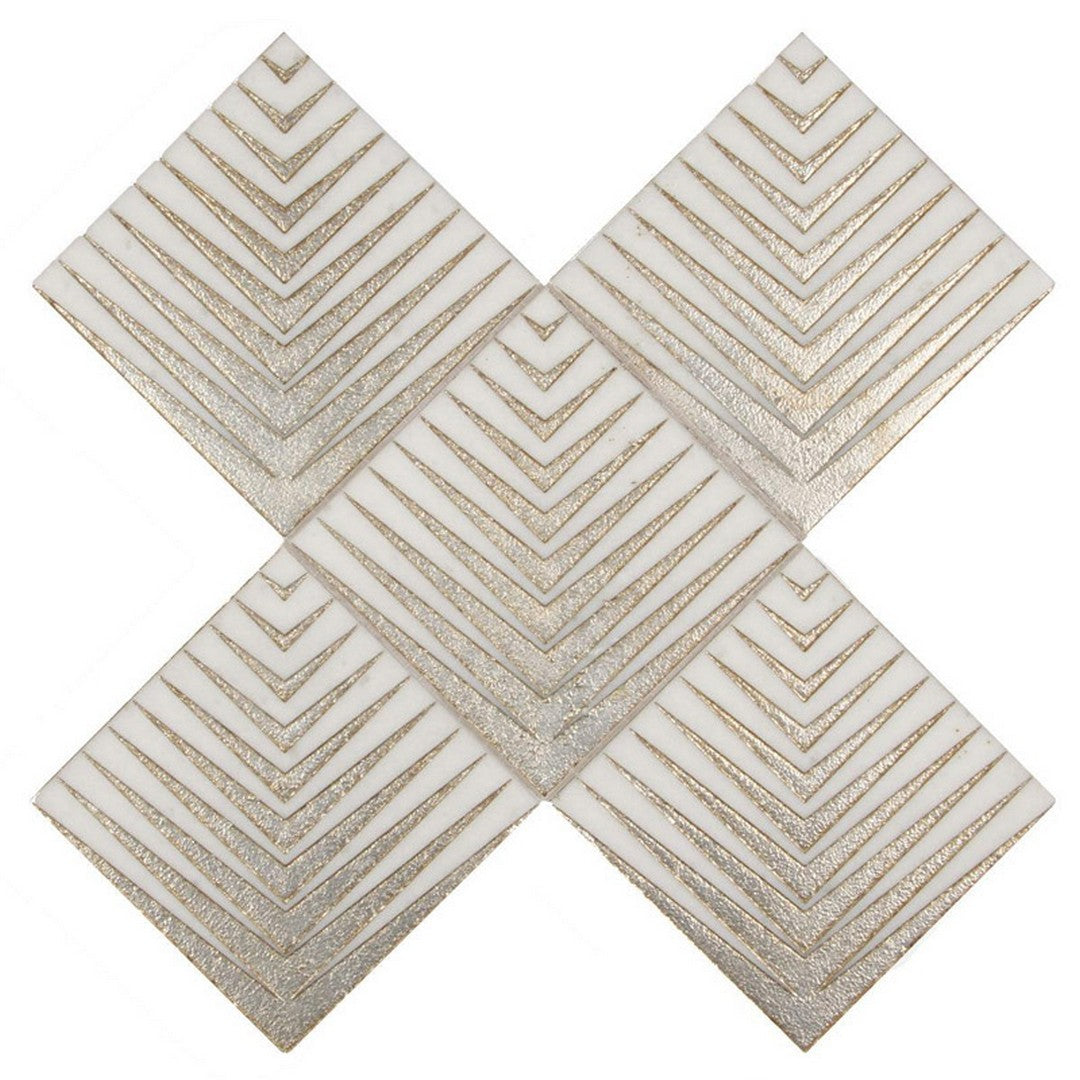
 MiR Artistic 11.2" x 11.2" Natural Stone Tile
MiR Artistic 11.2" x 11.2" Natural Stone Tile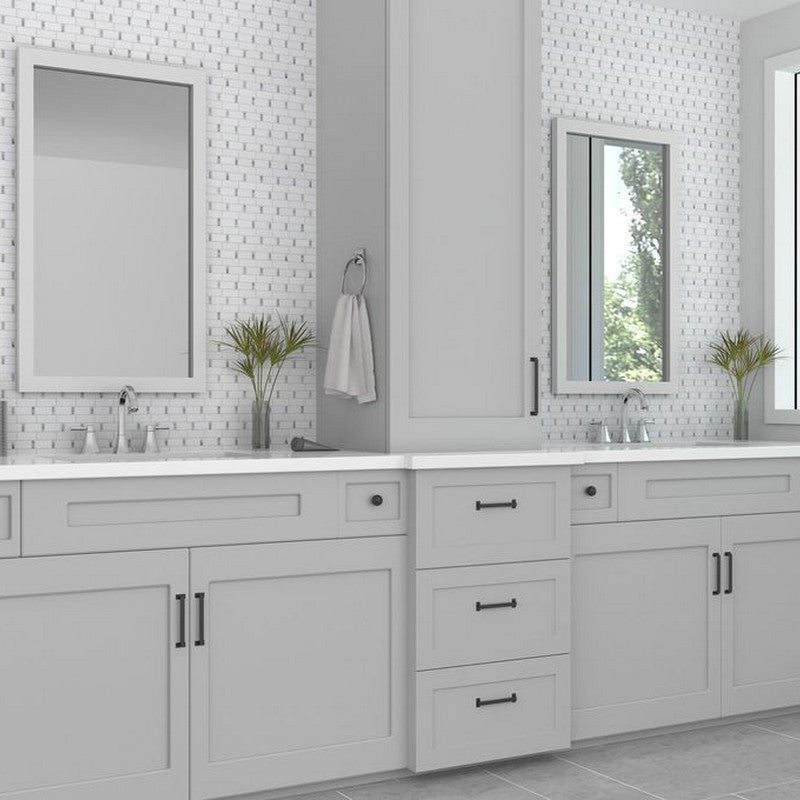
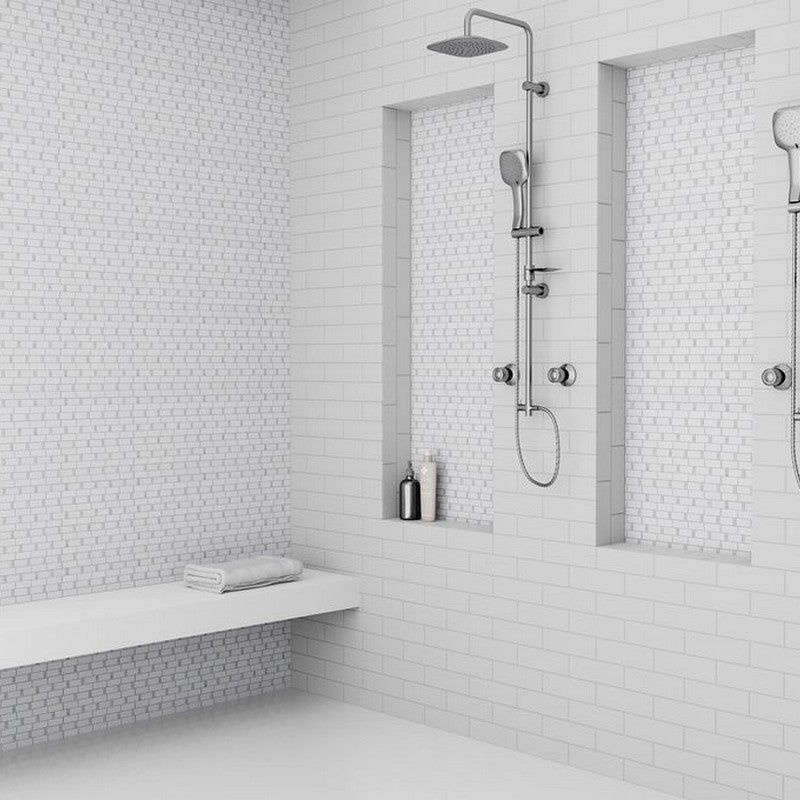
 Anthology The Finish Line 12" x 13" Subway Mosaic
Anthology The Finish Line 12" x 13" Subway Mosaic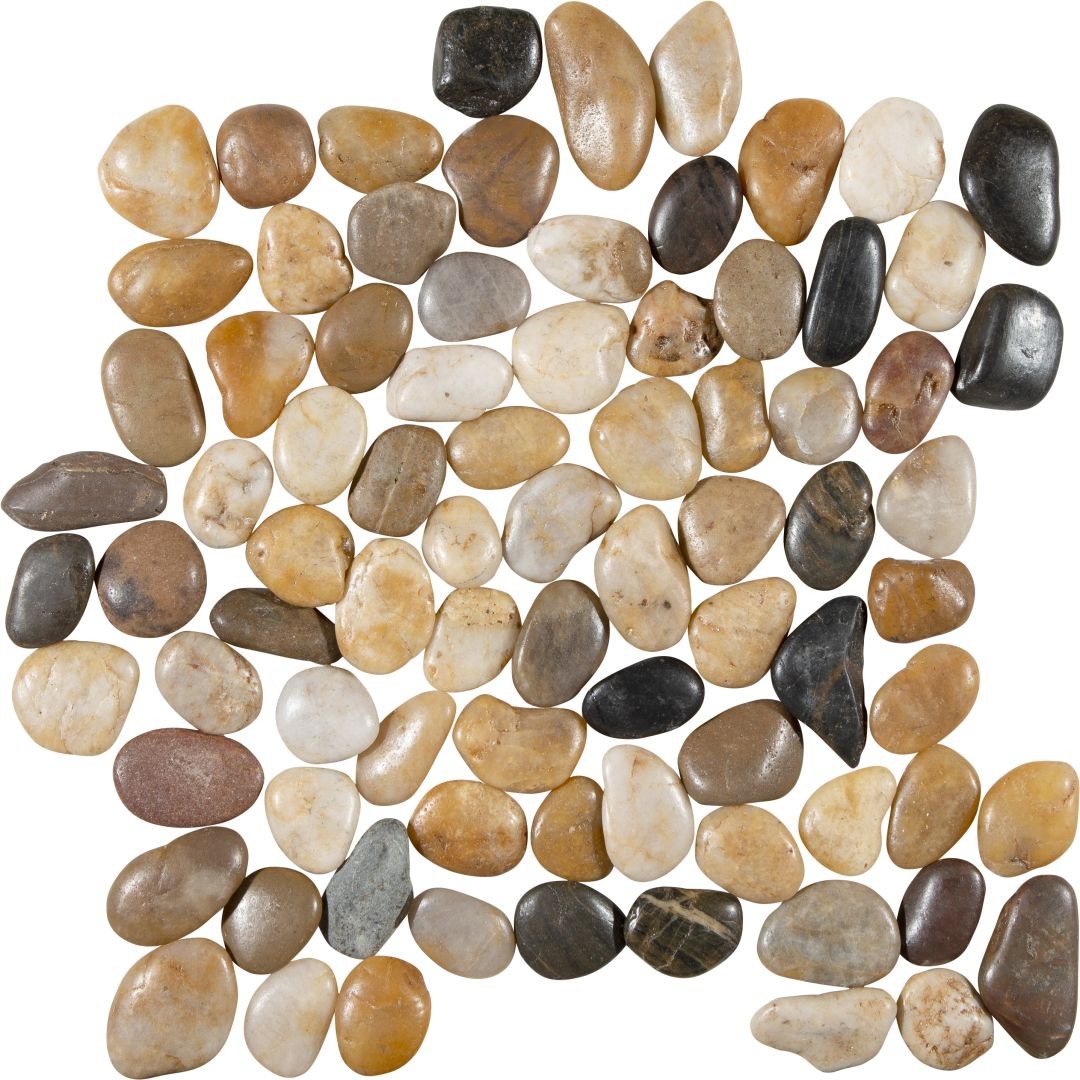
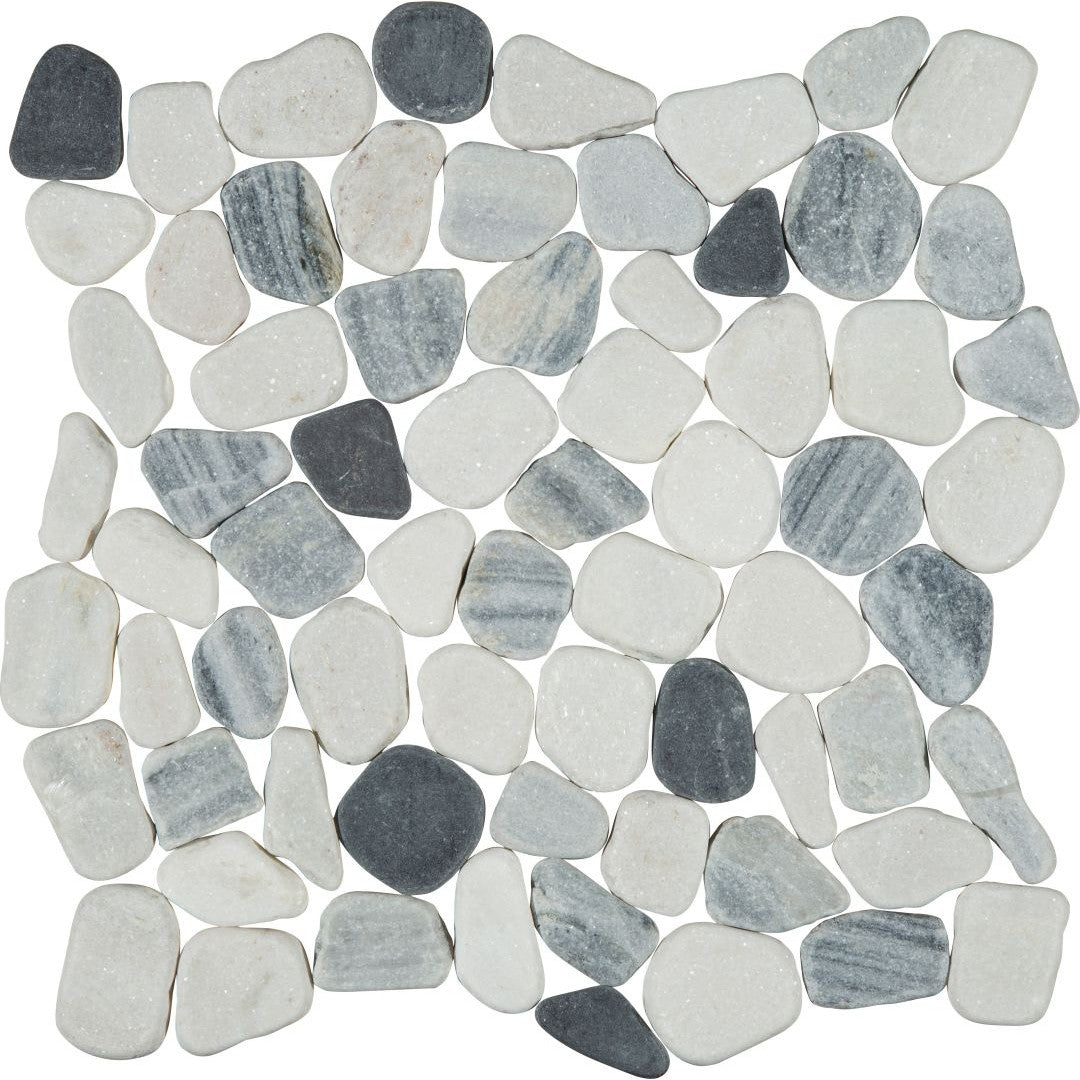
 Florida Tile Pebbles 12" x 12" Round Natural Stone Mosaic
Florida Tile Pebbles 12" x 12" Round Natural Stone Mosaic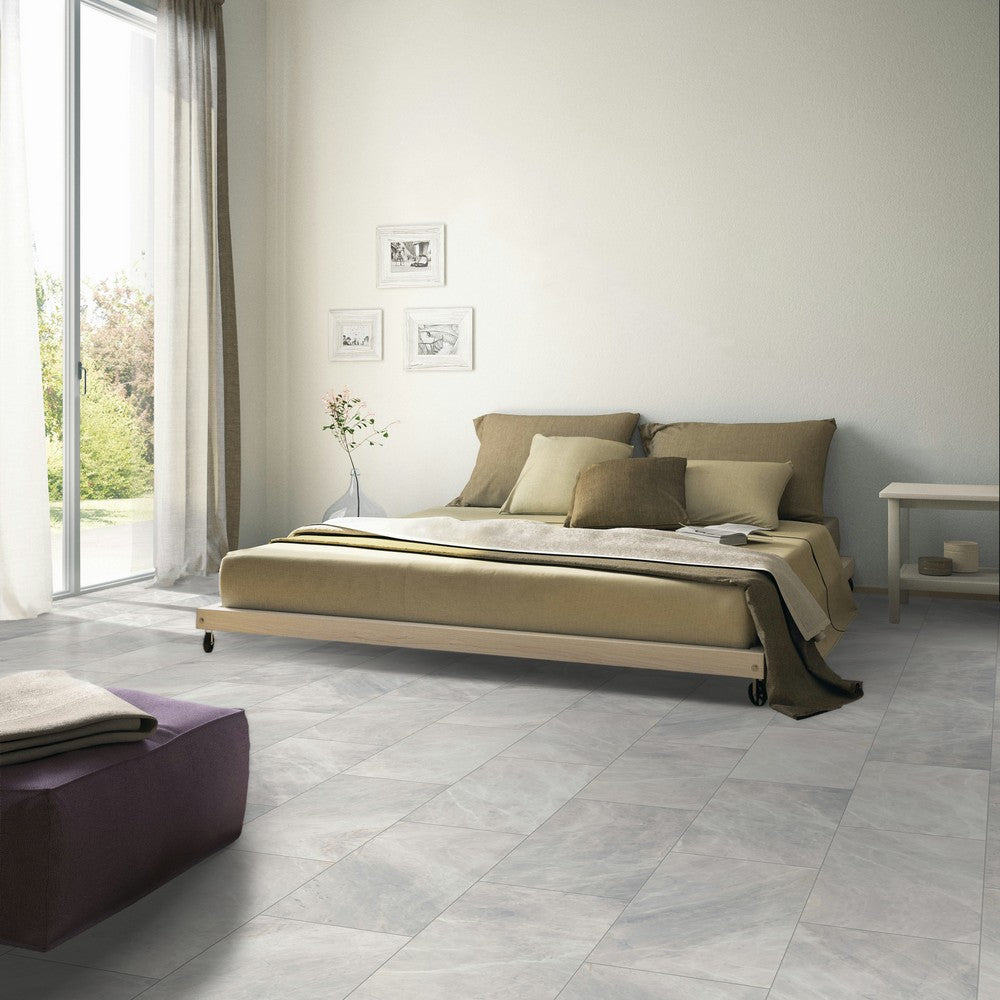
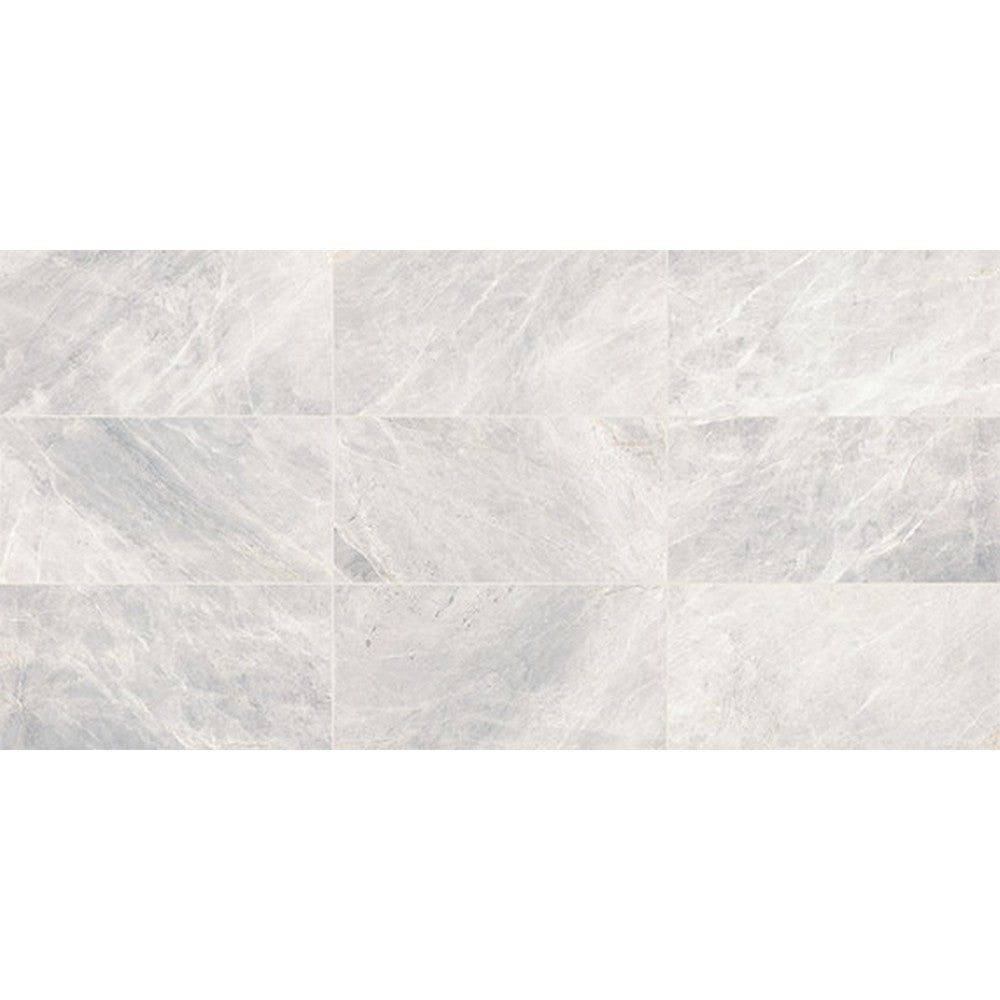
 Daltile Eclessia Marble 12" x 24" Polished Natural stone Tile
Daltile Eclessia Marble 12" x 24" Polished Natural stone Tile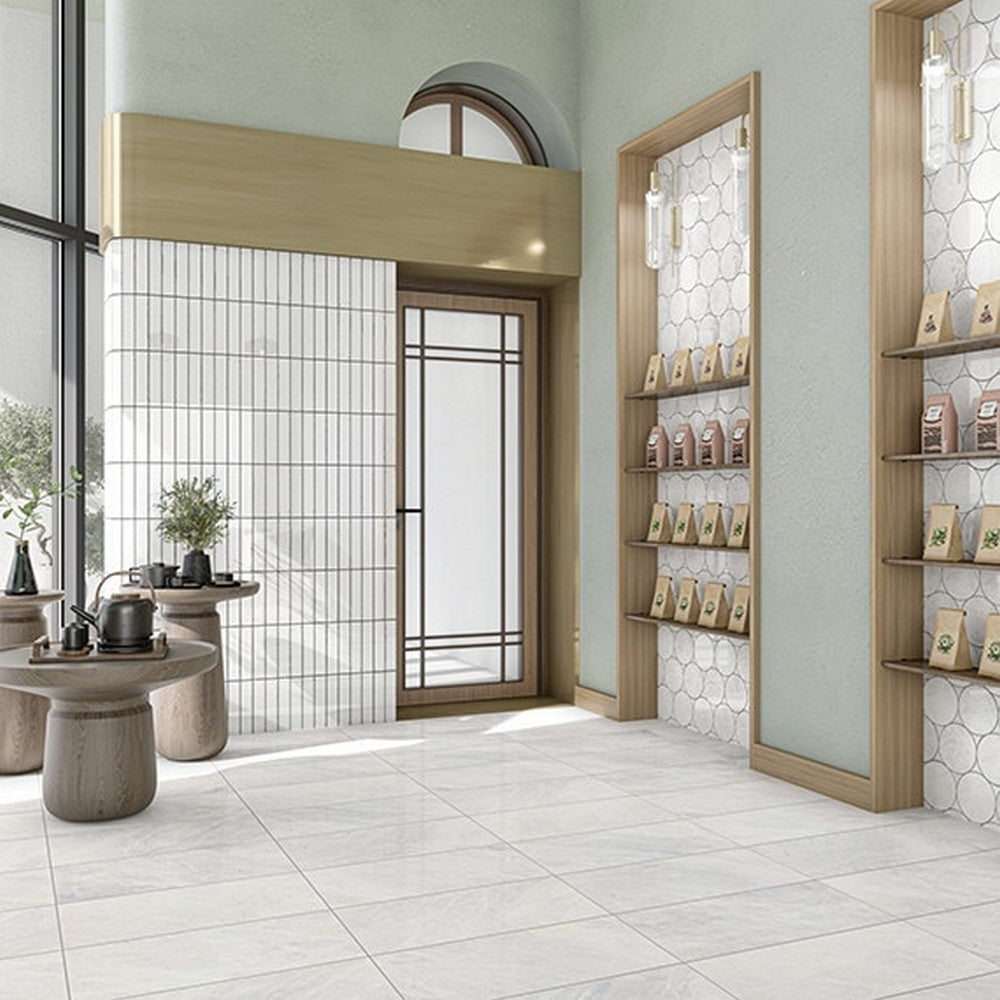
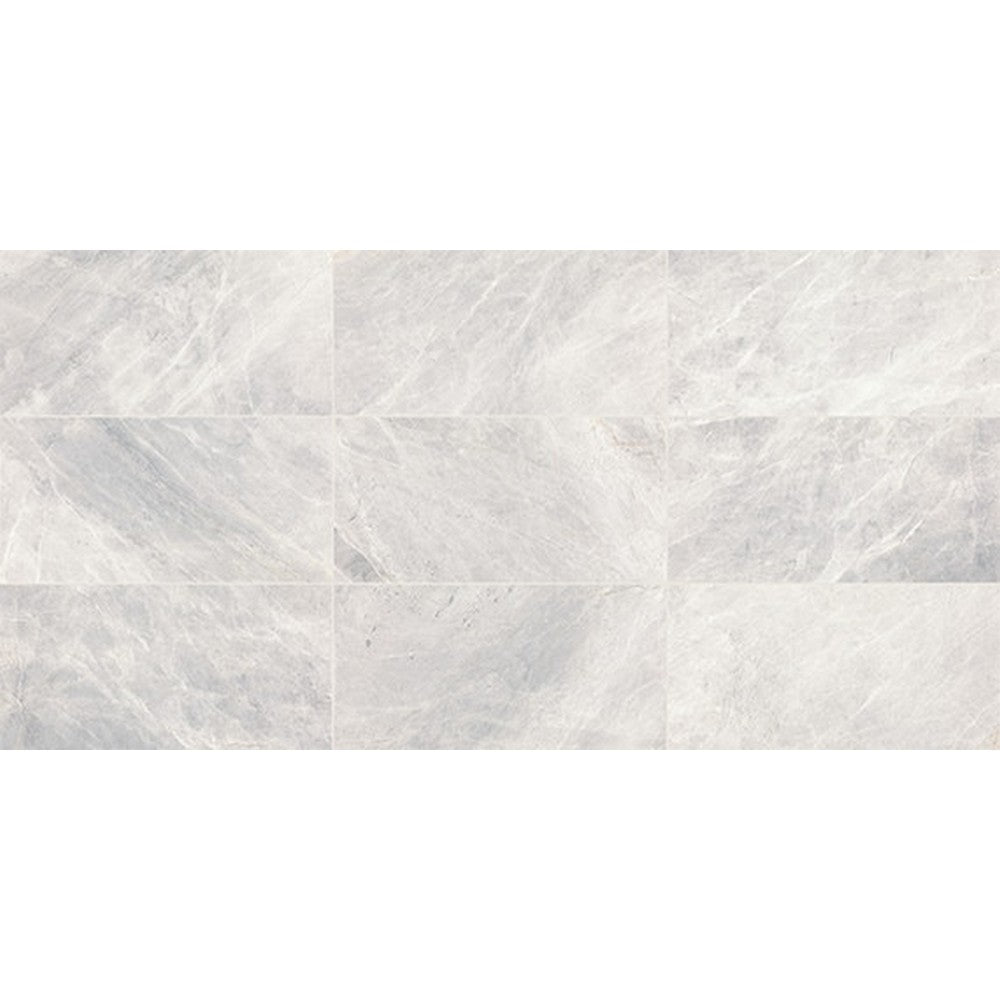
 Daltile Eclessia Marble 12" x 24" Honed Natural stone Tile
Daltile Eclessia Marble 12" x 24" Honed Natural stone Tile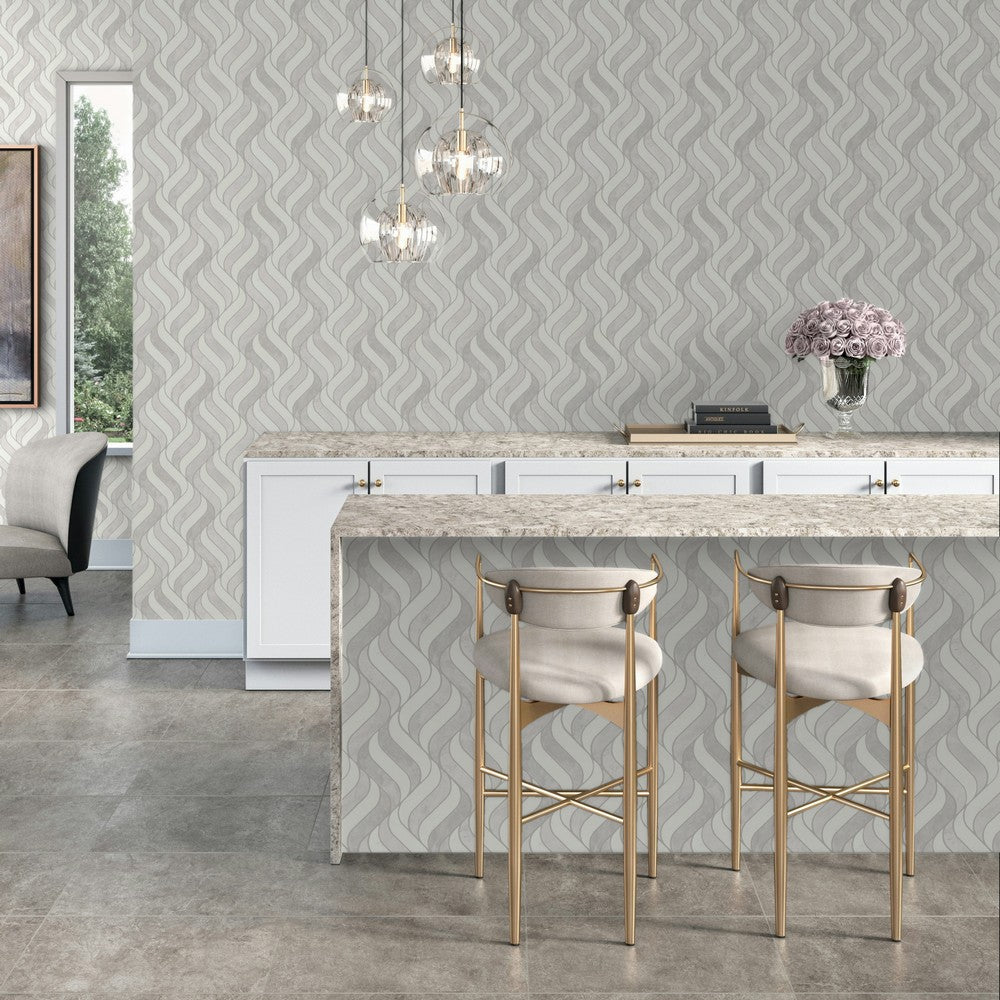
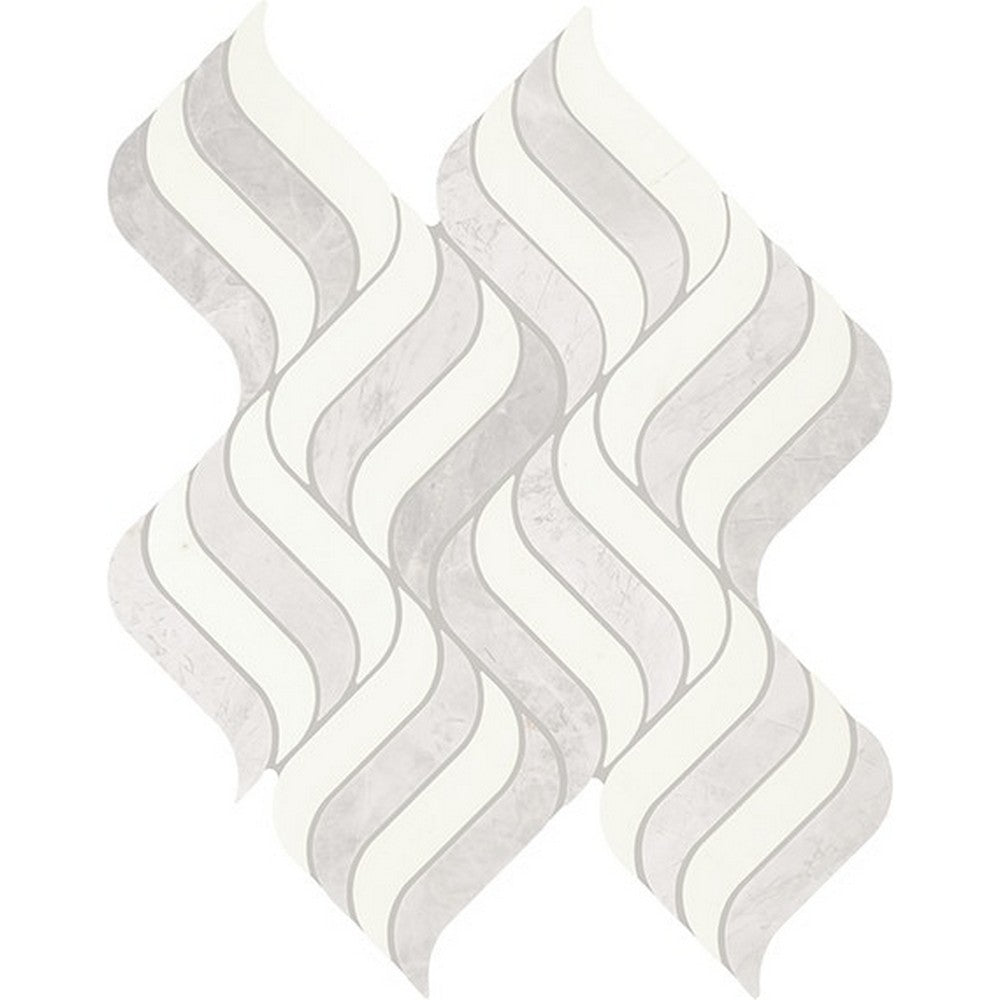
 Daltile Eclessia Marble 14" x 18" Polished Natural stone Wave Mosaic
Daltile Eclessia Marble 14" x 18" Polished Natural stone Wave Mosaic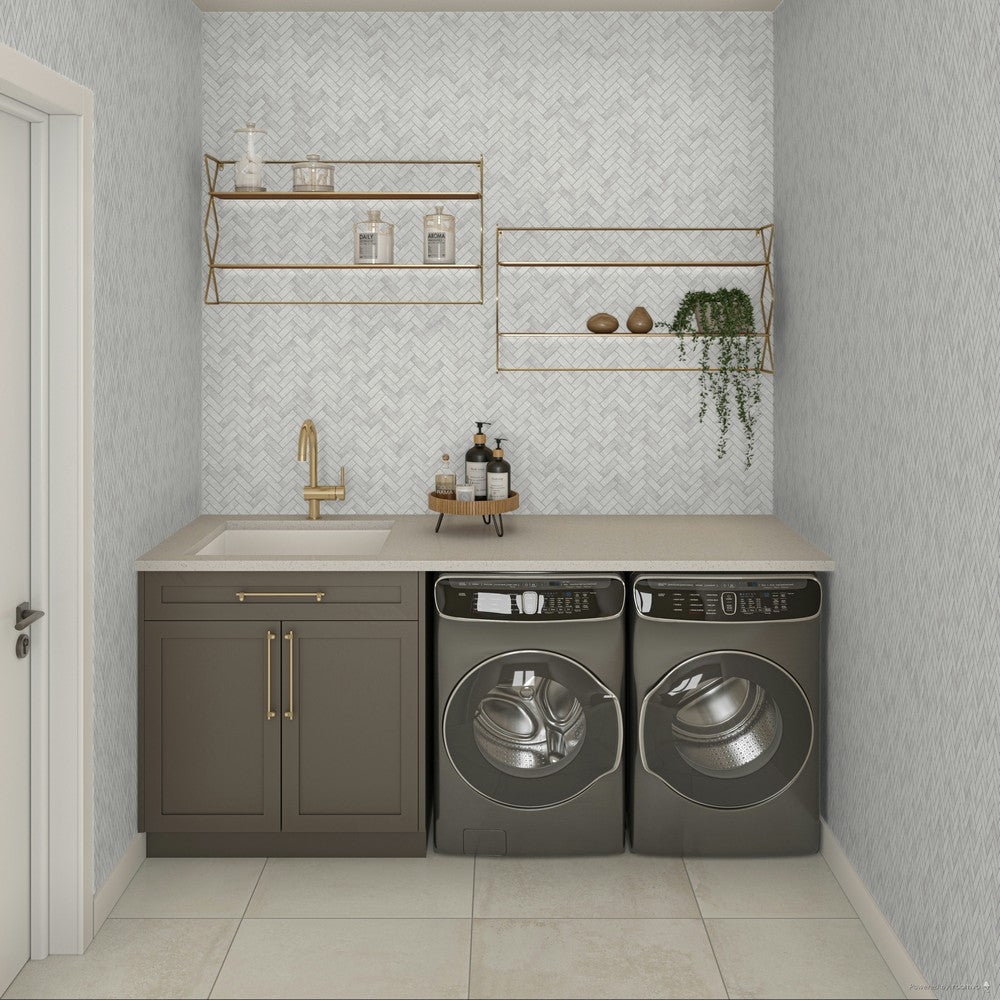
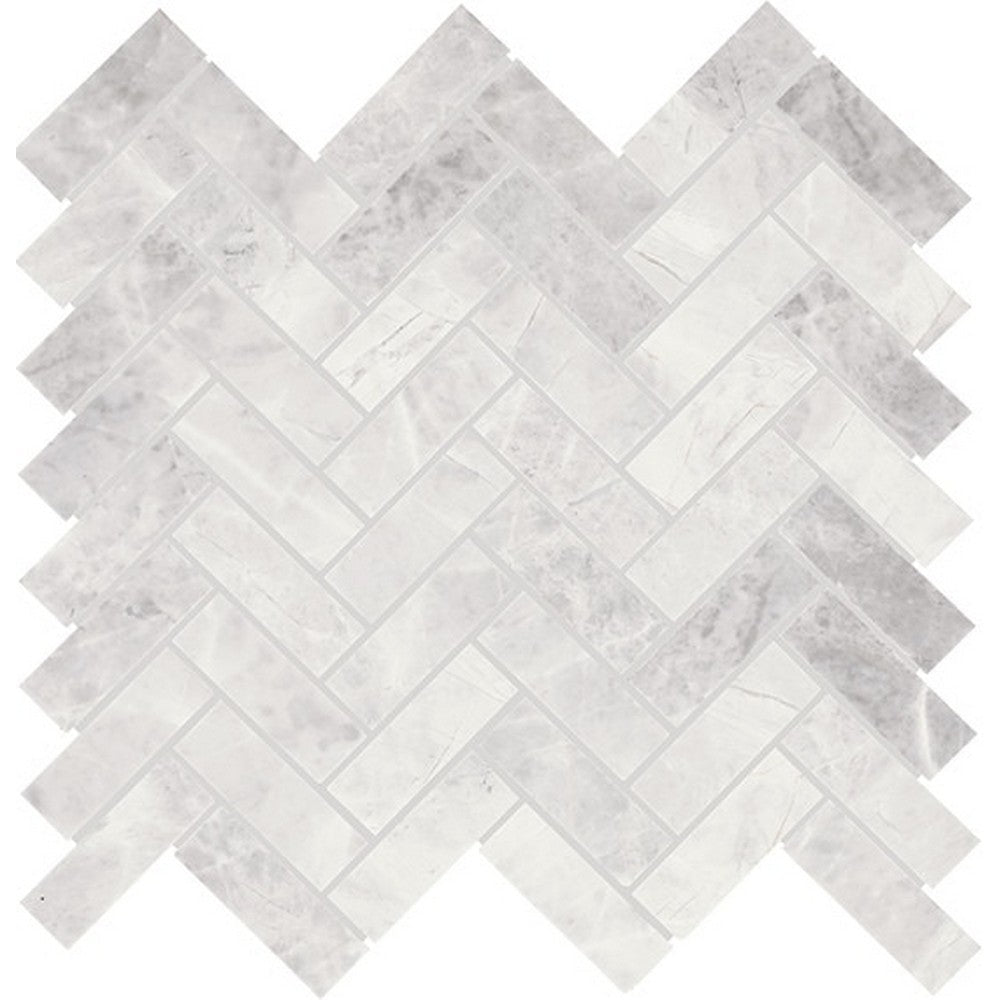
 Daltile Eclessia Marble 13" x 14" Polished Natural stone 1x3" Herringbone Mosaic
Daltile Eclessia Marble 13" x 14" Polished Natural stone 1x3" Herringbone Mosaic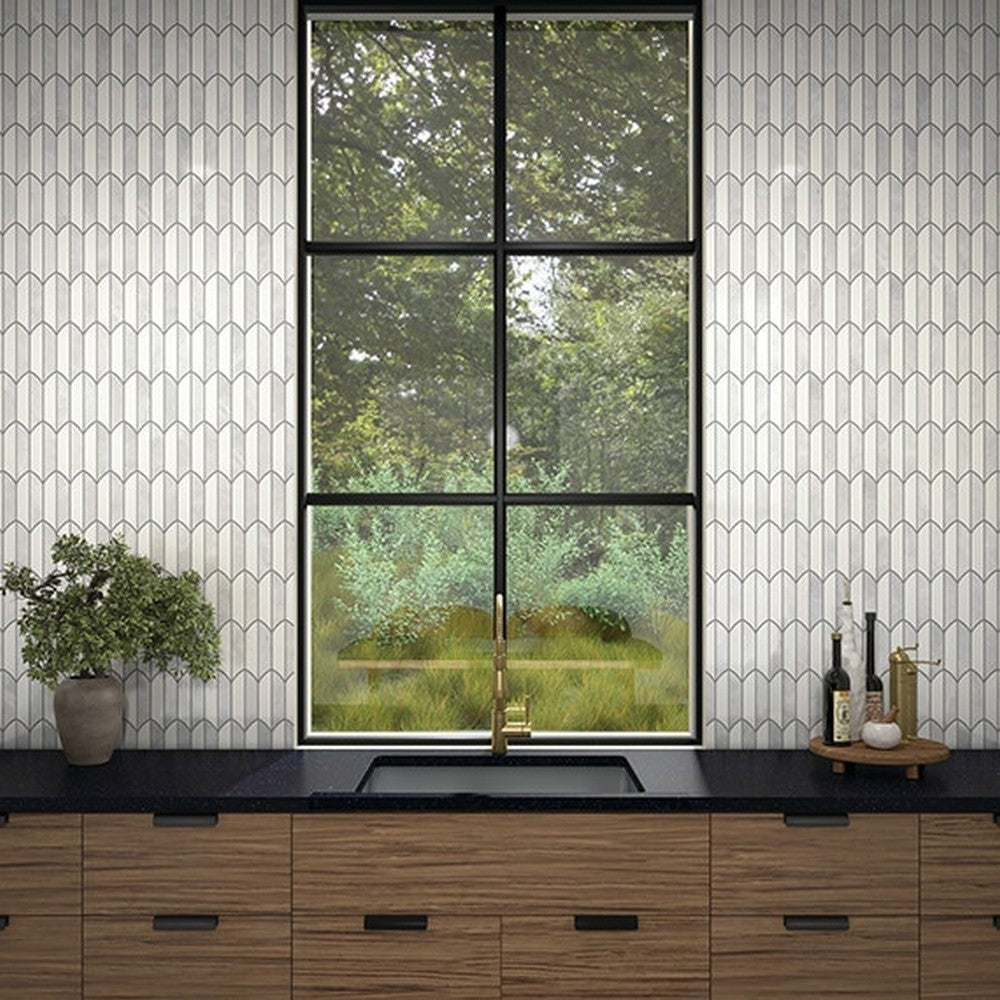
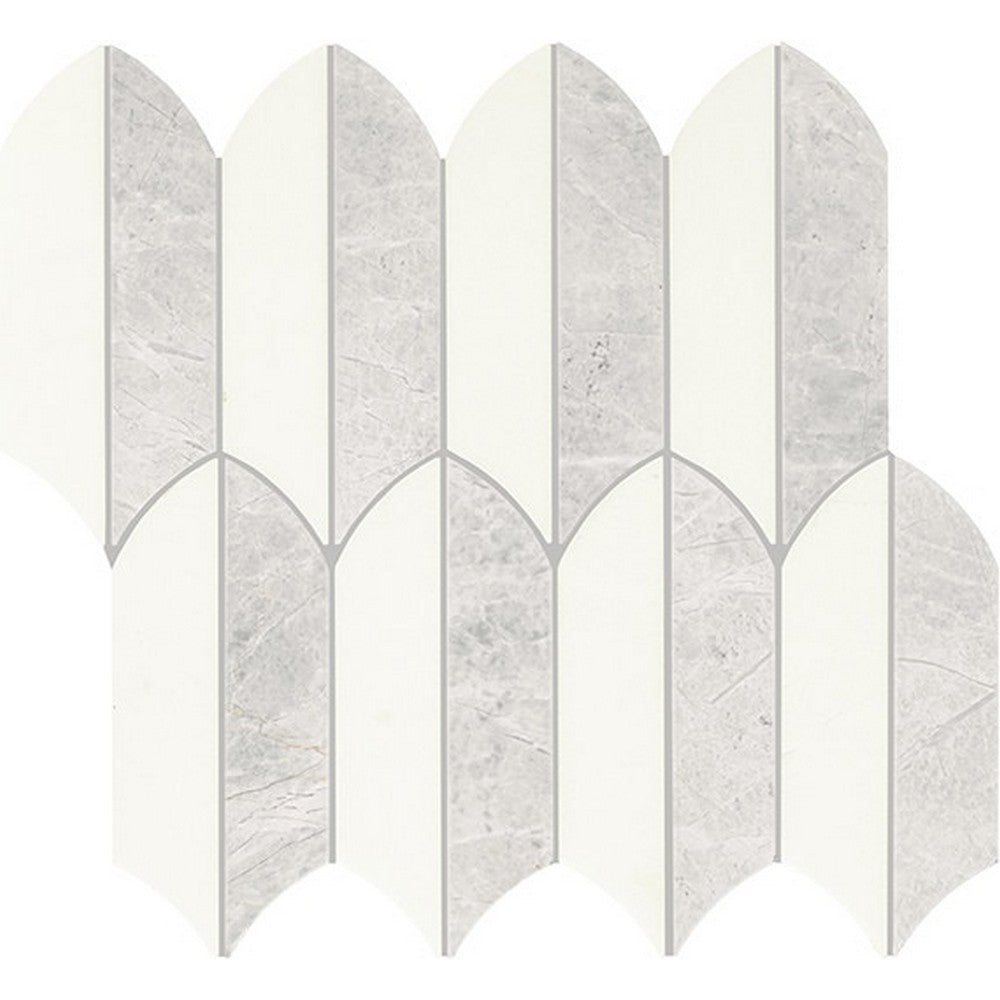
 Daltile Eclessia Marble 13" x 14" Polished Natural stone Feather Mosaic
Daltile Eclessia Marble 13" x 14" Polished Natural stone Feather Mosaic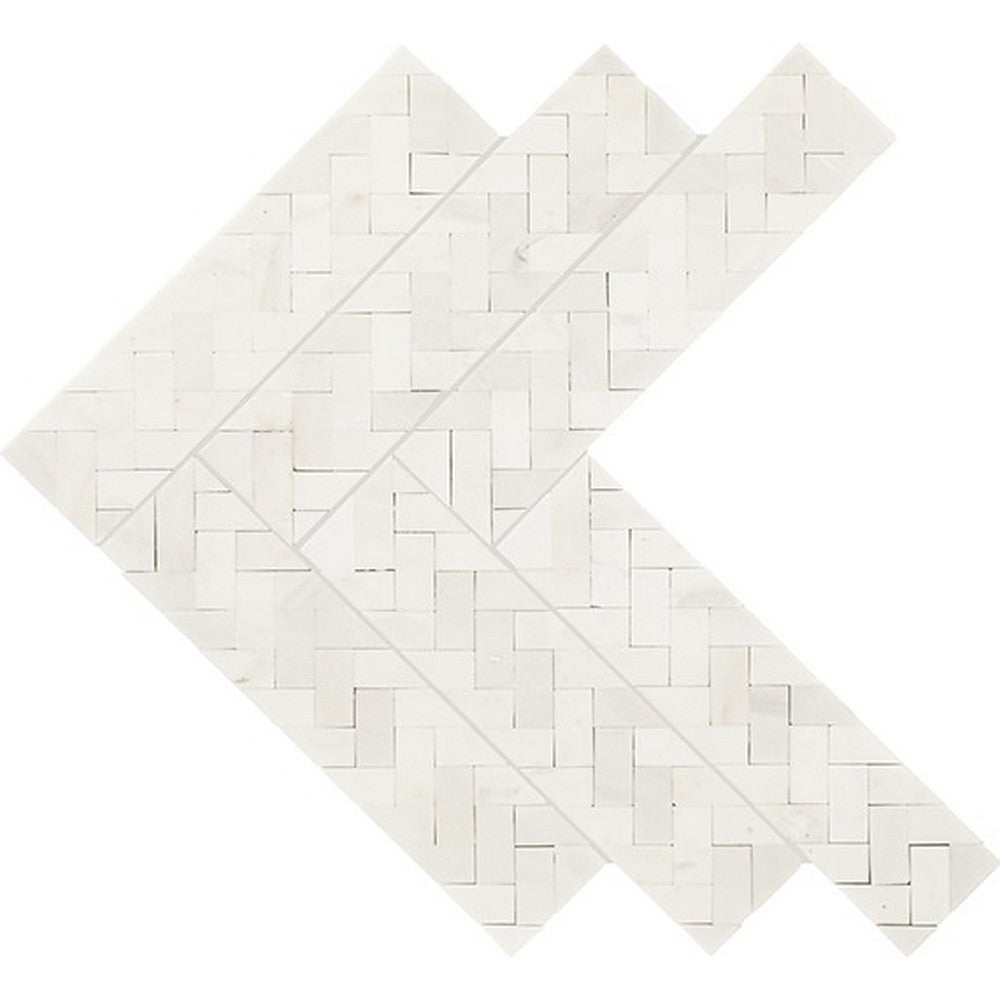
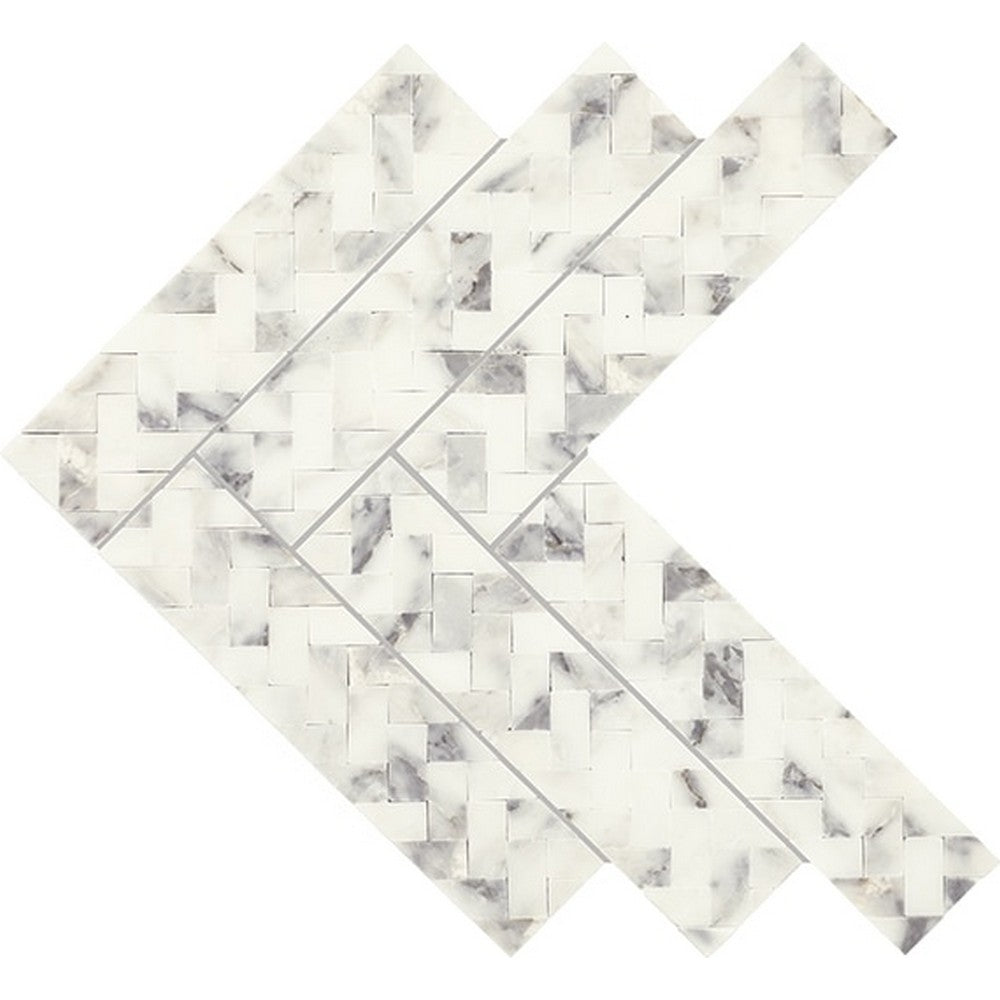
 Daltile Eclessia Marble 13" x 14" Polished Natural stone Double Herringbone Mosaic
Daltile Eclessia Marble 13" x 14" Polished Natural stone Double Herringbone Mosaic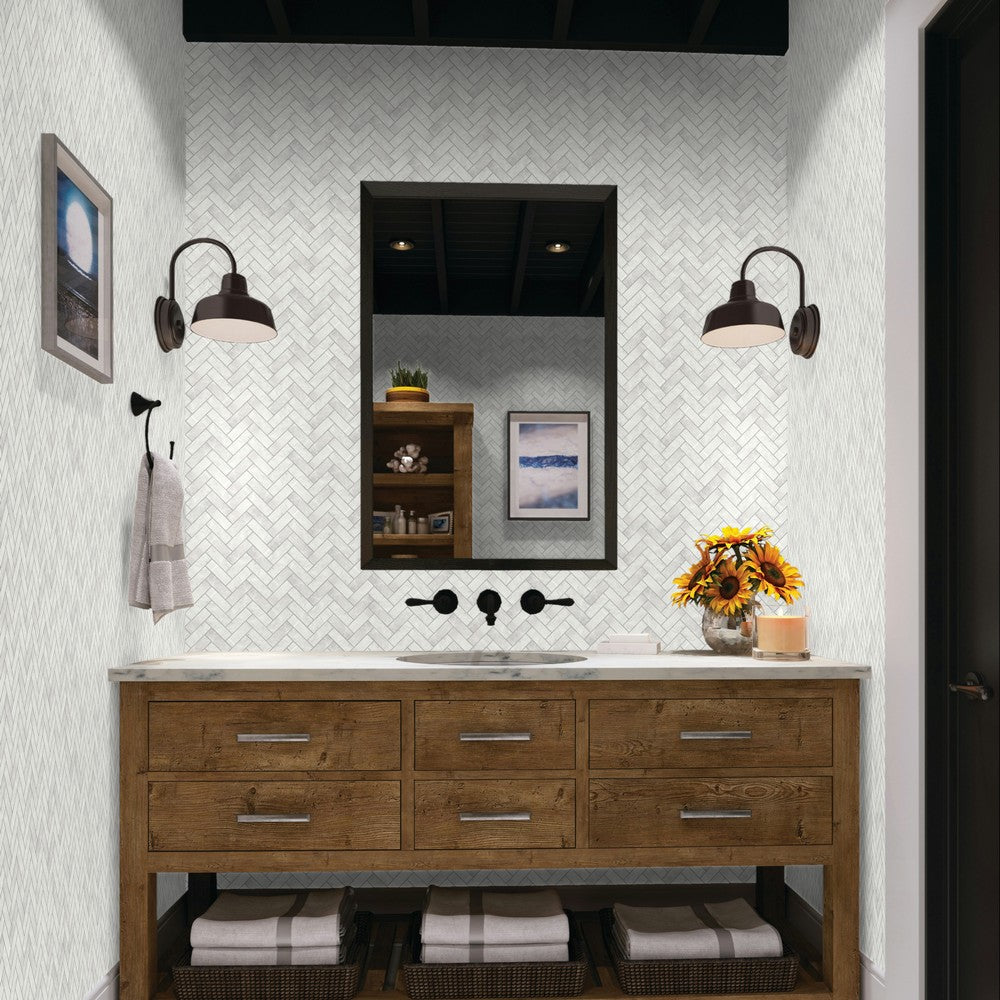
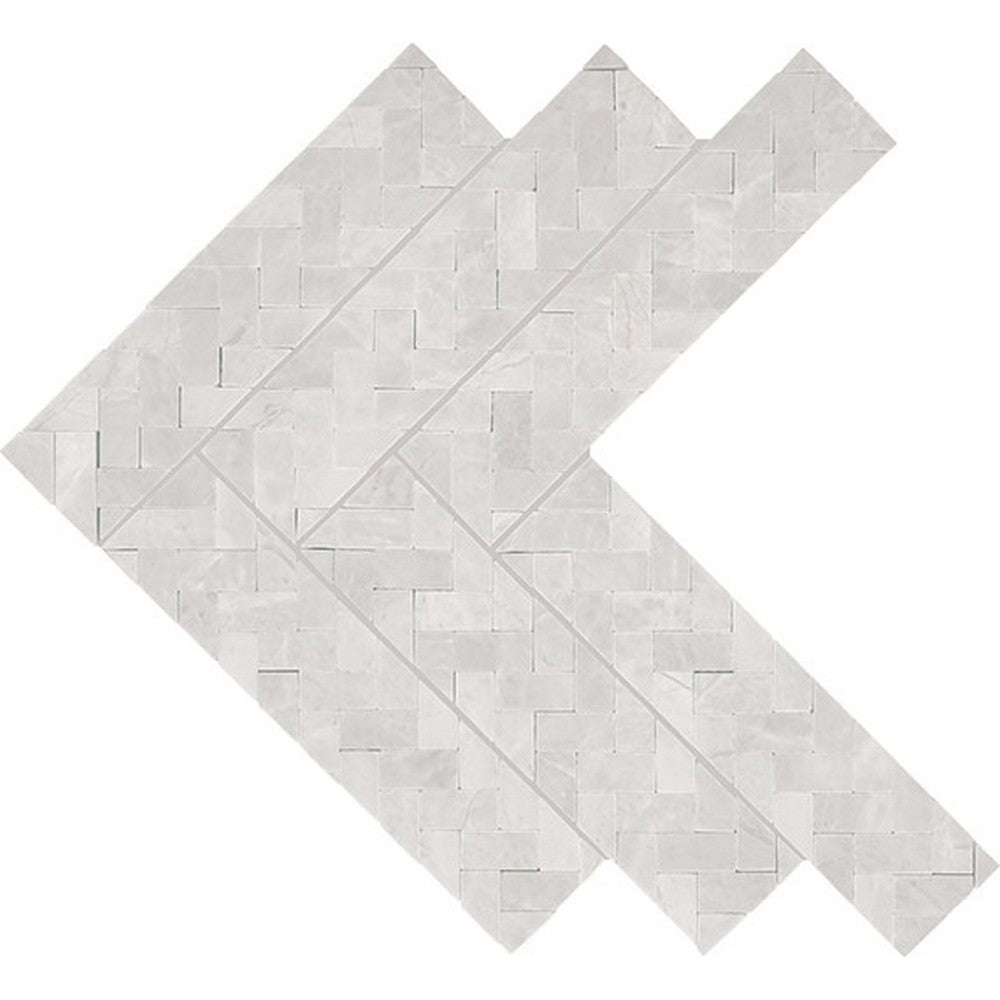
 Daltile Eclessia Marble 14" x 15" Polished Natural stone Double Herringbone Mosaic
Daltile Eclessia Marble 14" x 15" Polished Natural stone Double Herringbone Mosaic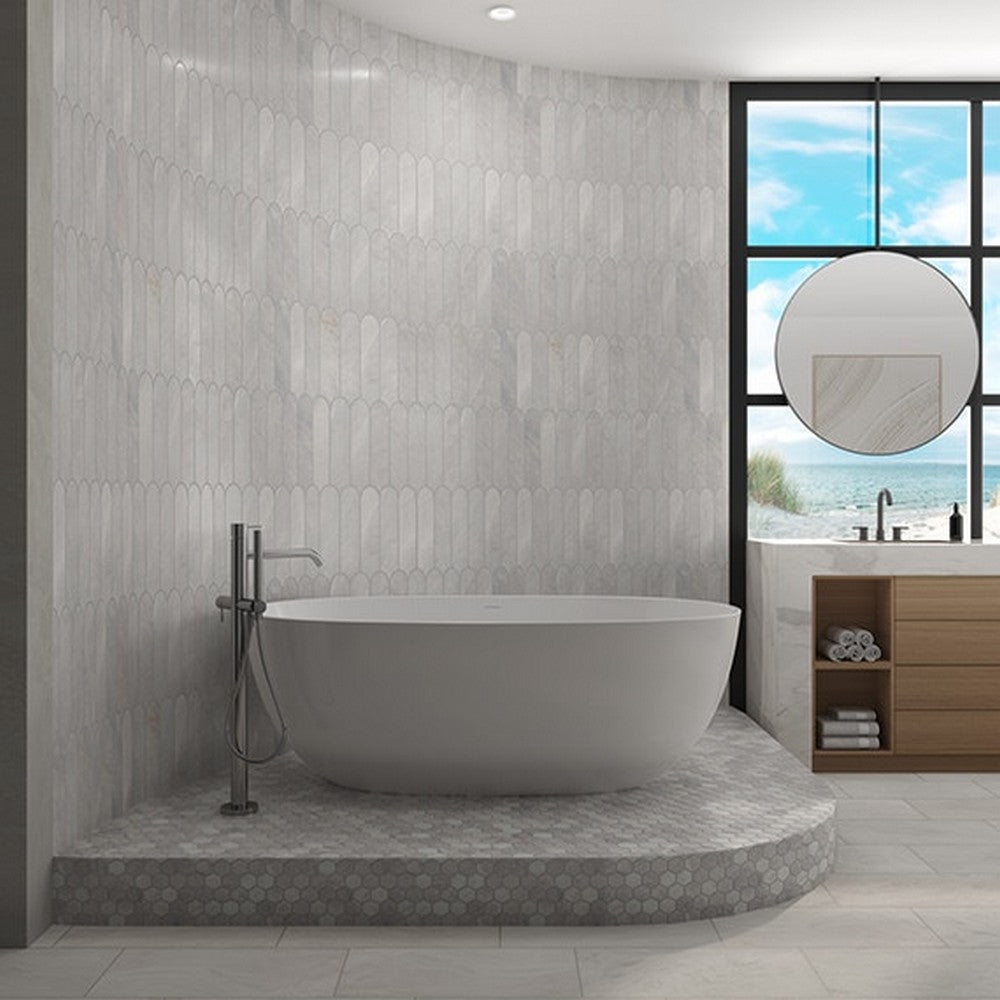
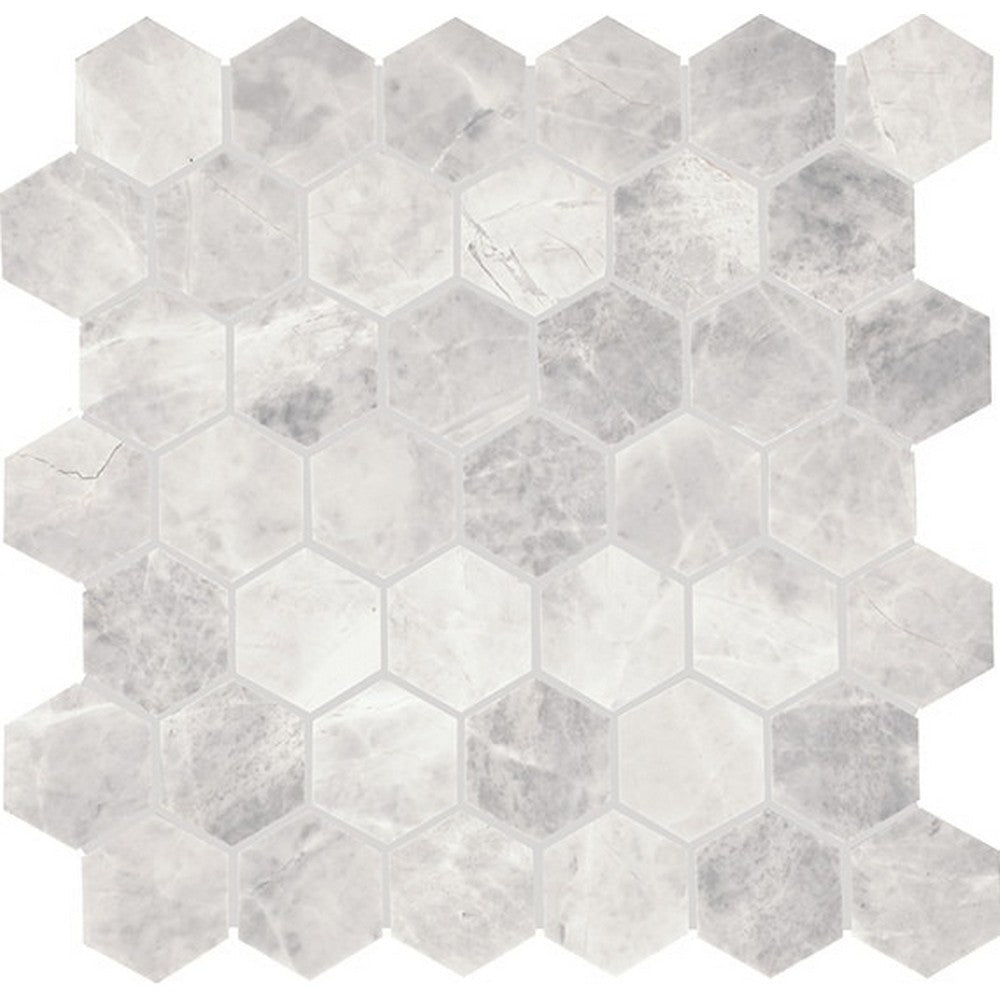
 Daltile Eclessia Marble 12" x 13" Polished Natural stone 2" Hexagon Mosaic
Daltile Eclessia Marble 12" x 13" Polished Natural stone 2" Hexagon Mosaic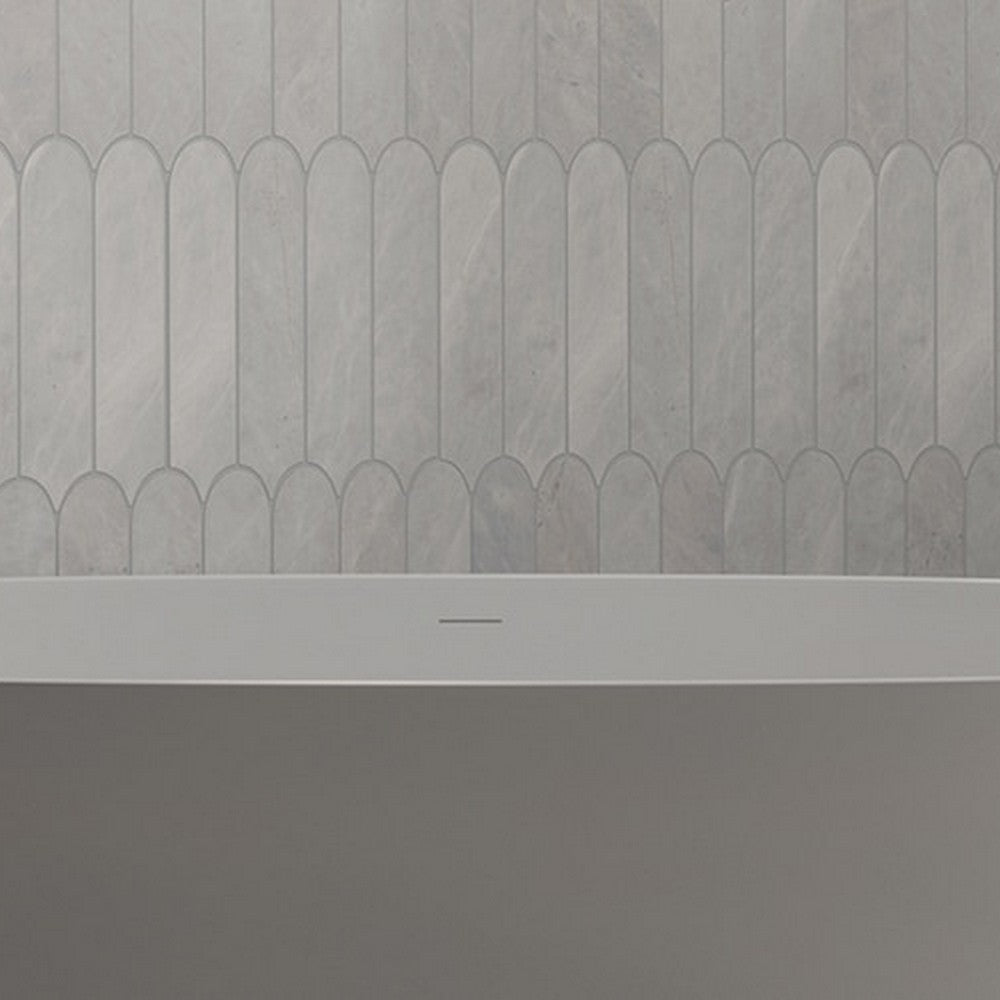
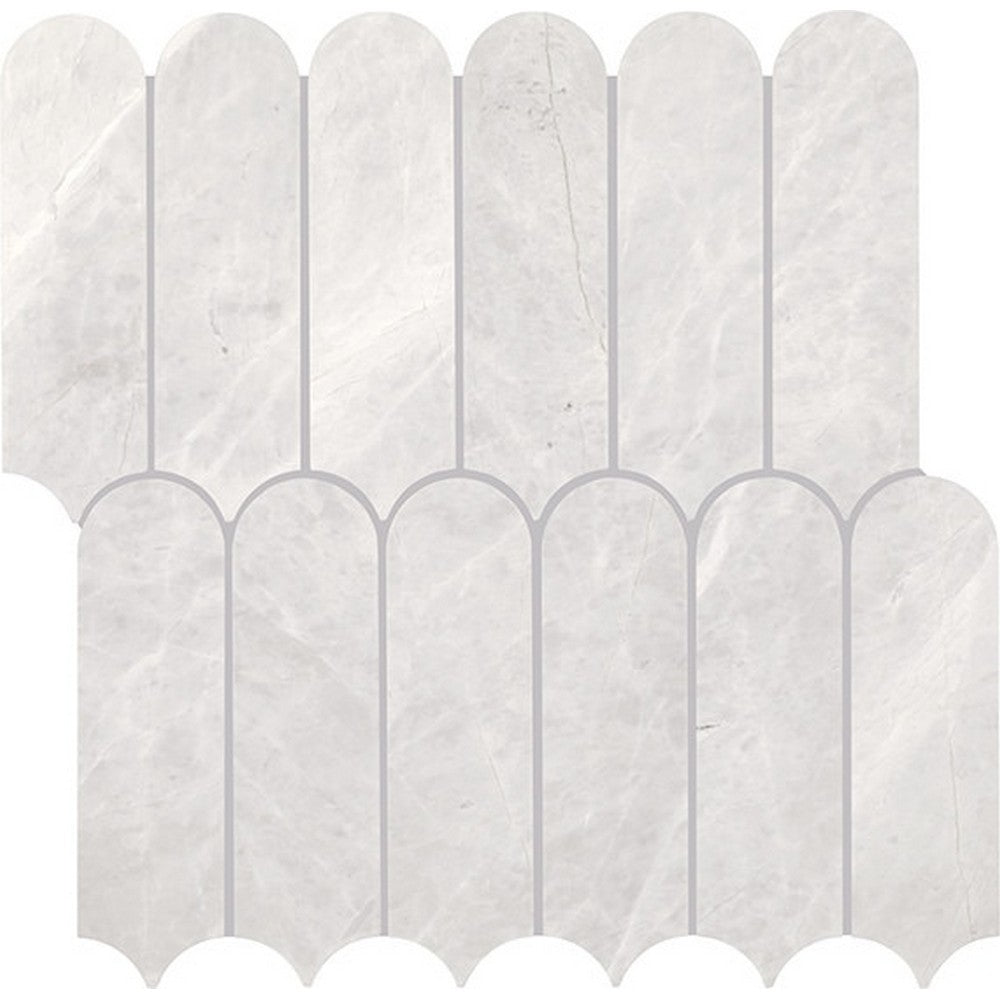
 Daltile Eclessia Marble 12" x 13" Polished Natural stone Elongated Fan Mosaic
Daltile Eclessia Marble 12" x 13" Polished Natural stone Elongated Fan Mosaic
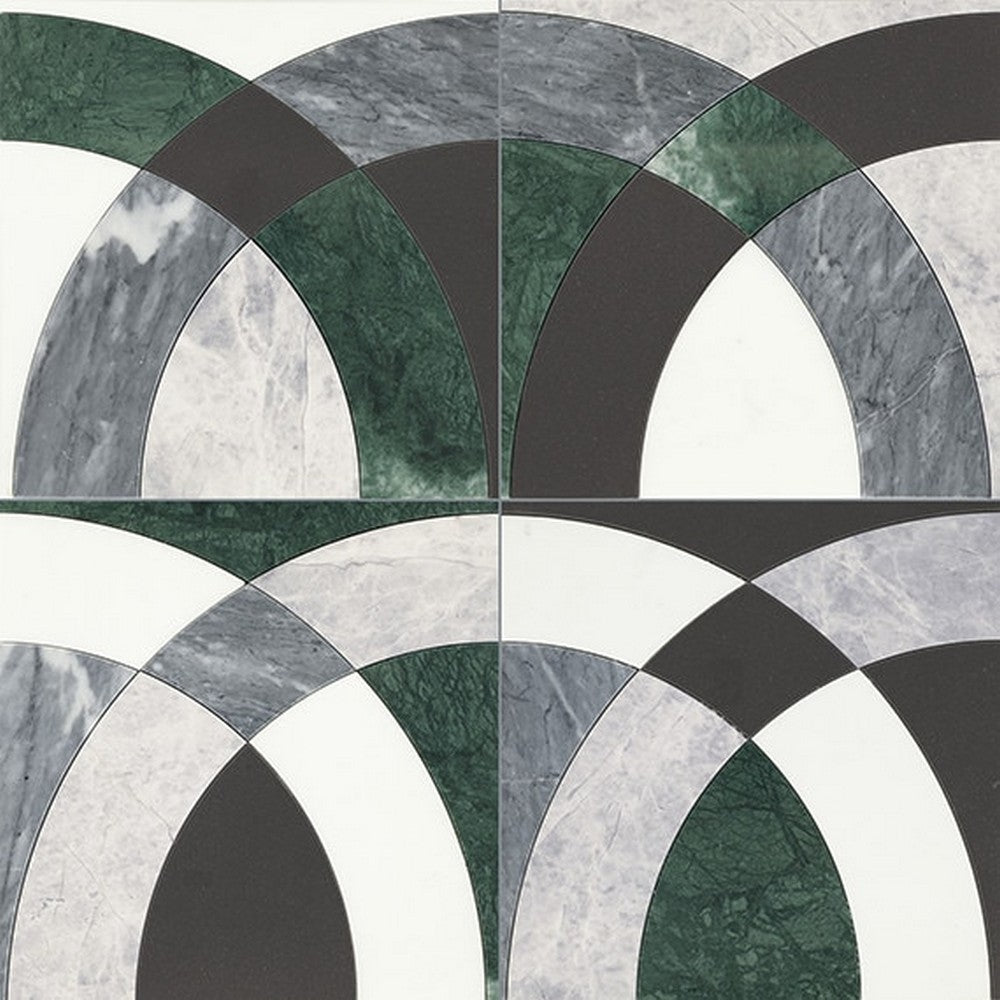
 Daltile Eclessia Marble 12" x 12" Polished Natural stone Arches Mosaic
Daltile Eclessia Marble 12" x 12" Polished Natural stone Arches Mosaic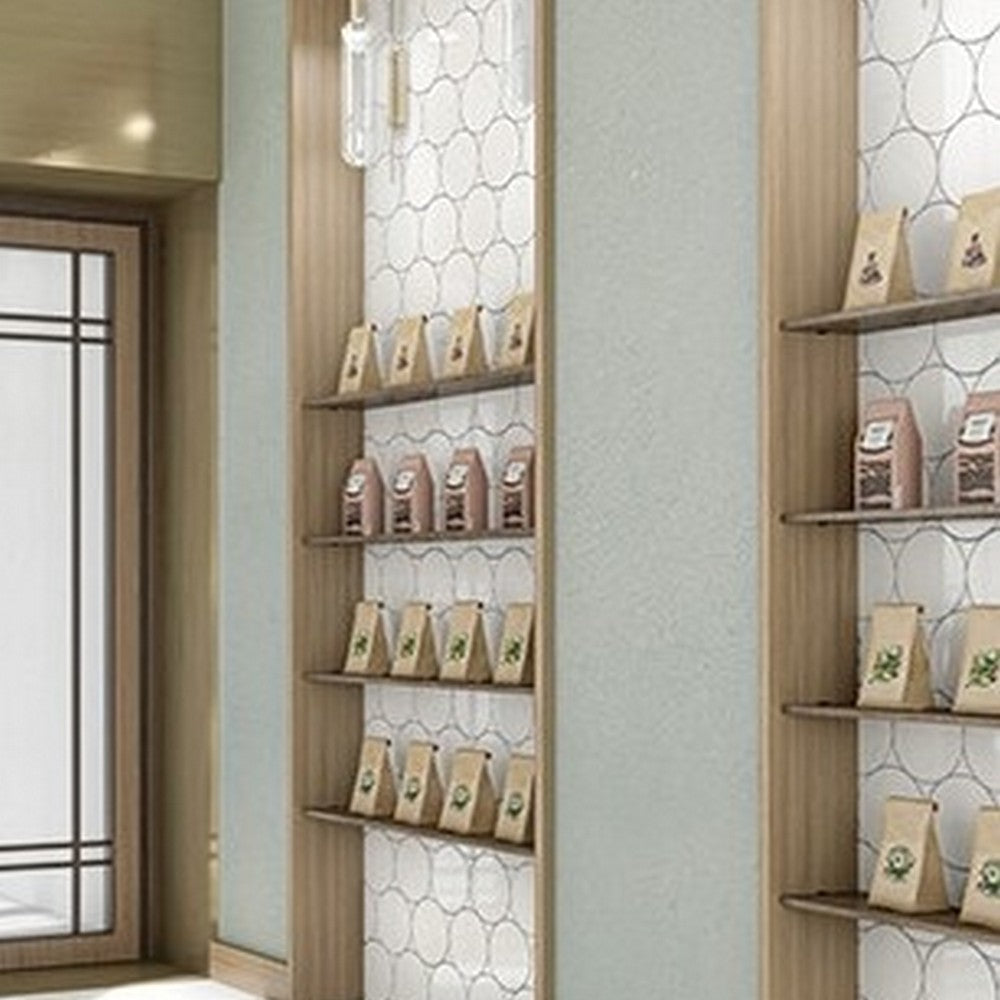
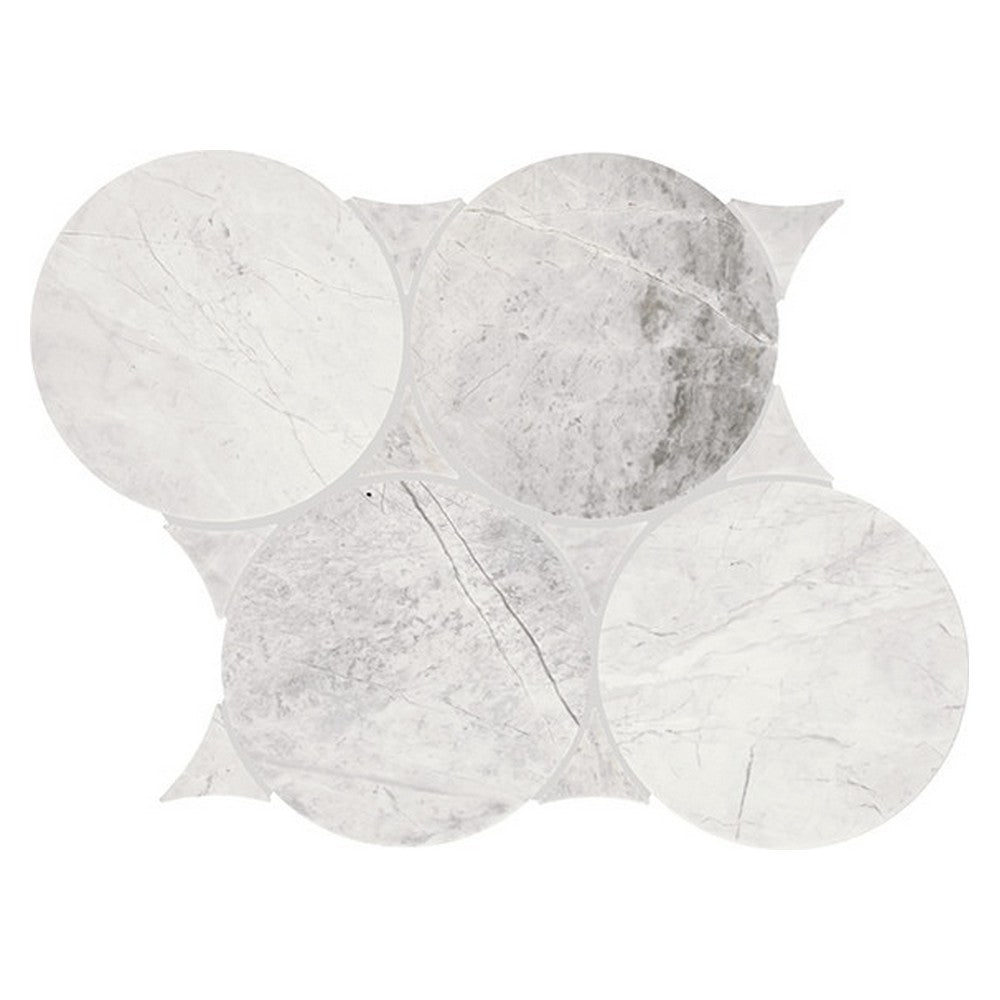
 Daltile Eclessia Marble 10" X 12" Polished Natural stone 6" Circle Mosaic
Daltile Eclessia Marble 10" X 12" Polished Natural stone 6" Circle Mosaic

 Lungarno Natural Elements 10.88" x 12" Pressed Natural Stone Chevron Mosaic
Lungarno Natural Elements 10.88" x 12" Pressed Natural Stone Chevron Mosaic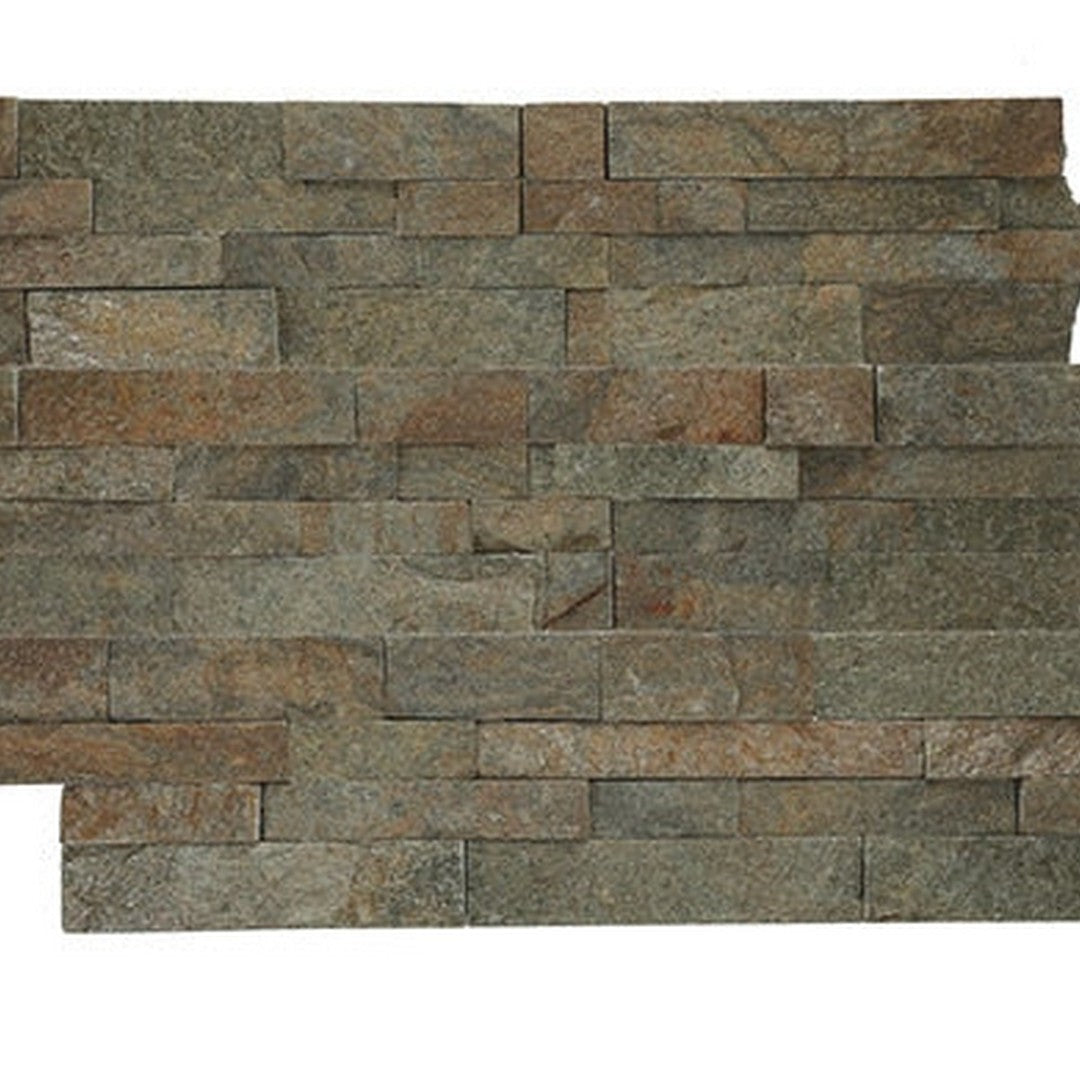
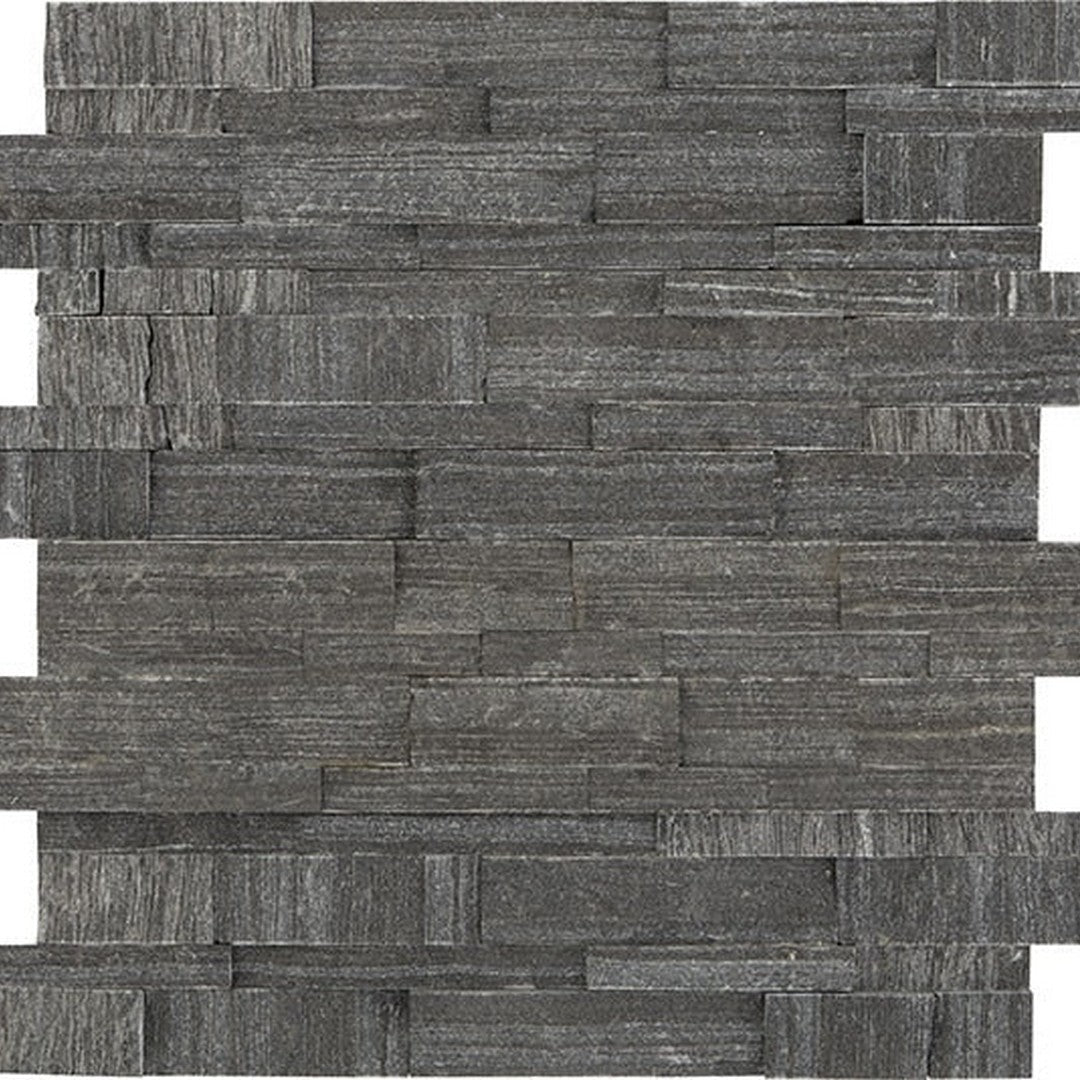
 American Olean Stacked 6" x 24" Natural Stone Tile
American Olean Stacked 6" x 24" Natural Stone Tile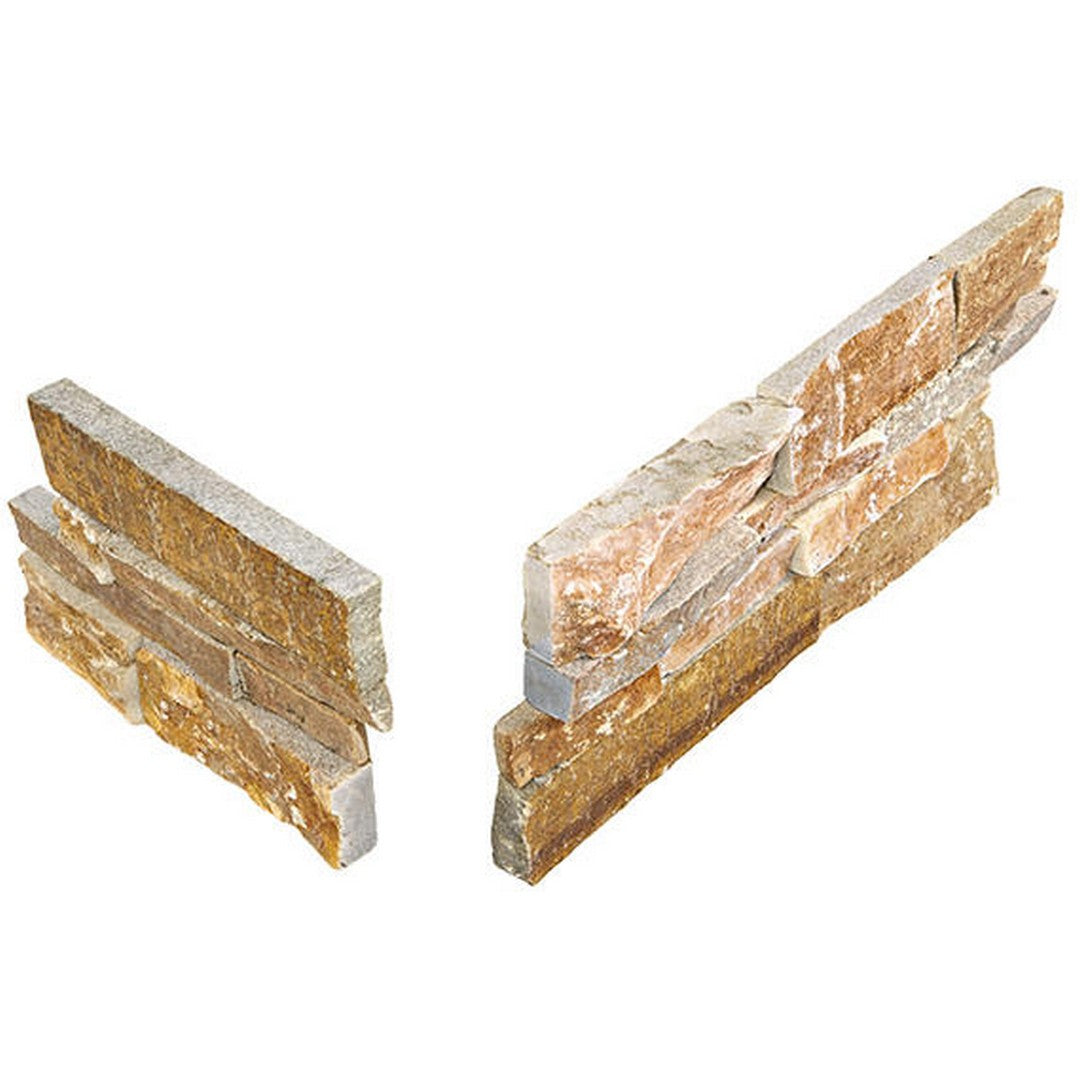

 American Olean Stacked 6" x 24" Natural Stone Corner Tile
American Olean Stacked 6" x 24" Natural Stone Corner Tile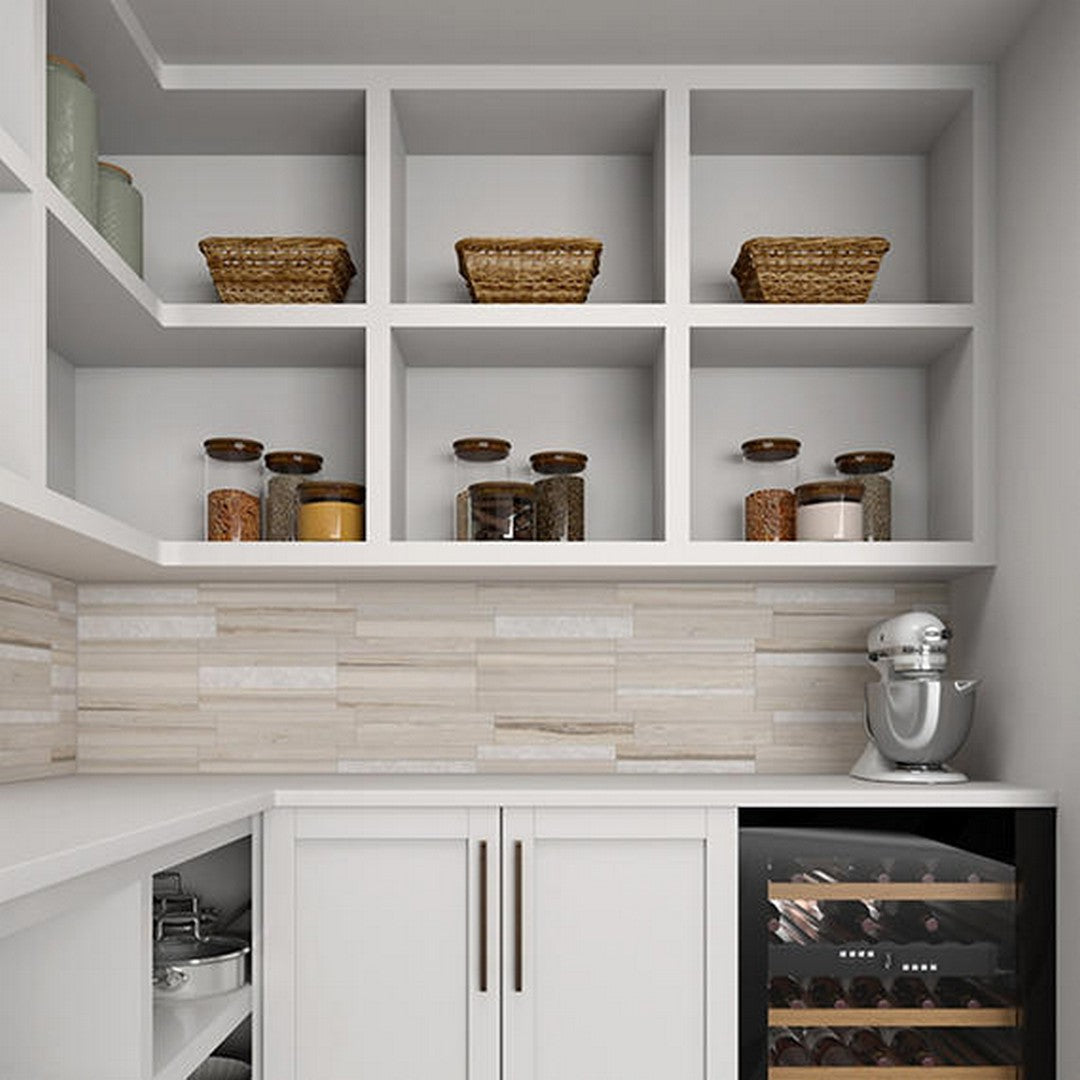

 American Olean Ascend 9" x 12" Honed Natural Stone Modern Stack Mosaic
American Olean Ascend 9" x 12" Honed Natural Stone Modern Stack MosaicNatural stone flooring offers many possibilities when it comes to designing durable, functional, and visually grounded spaces. Travertine, slate, and marble each bring their own strengths depending on where and how they’re used. From indoor living spaces to outdoor walkways, this guide covers how each stone type performs and where it fits best.
Understanding Each Material
Travertine: Subtle and Comfortable
Travertine is often used in kitchens, living rooms, and hallways where a softer finish is appreciated. The surface tends to have a matte texture, making it comfortable underfoot. Travertine works well for both floors and walls and is commonly installed using large format tiles to reduce grout lines. Lighter shades of travertine can help keep a room feeling open and clean.
Slate: Grip and Texture in One
Slate is known for its natural texture and slip resistance. It’s an excellent choice for outdoor areas, bathrooms, and entryways where grip matters most. Slate comes in a wide variety of colors and is often used in both large pieces and mosaic tiles for added visual contrast. It holds up well to moisture and regular wear, making it a good fit for both indoor and outdoor areas.
Marble: Clean Lines and Bright Surfaces
Marble is a polished stone that works best in formal spaces like foyers, dining rooms, or bedrooms. It has a more refined appearance and is typically used in large format tile applications to create smooth surfaces with fewer grout lines. While marble can be used on floors and walls, it’s better suited for dry, low-traffic areas due to its higher maintenance needs.
Where Each Stone Fits Best
Kitchens and Living Areas
Travertine brings a soft, neutral finish that pairs well with both modern and rustic interiors. Large format travertine tiles reduce the appearance of grout lines and are easy to keep clean in high-use areas.
Bathrooms and Wet Spaces
Slate’s texture gives it an edge in wet areas. Whether used on floors, shower walls, or as mosaic tiles for grip, it handles moisture well. Travertine can also be used if properly sealed.
Entryways and High-Traffic Areas
Both travertine and slate are commonly used in hallways and entrances. Slate offers more texture, while travertine gives a more uniform appearance. Marble can work here too, but it may require more upkeep.
Outdoor Patios and Garden Paths
For outdoor applications, slate is the most weather resistant. It handles temperature changes, moisture, and foot traffic without issue. Travertine can be used in outdoor spaces when sealed correctly.
Accent Walls and Design Features
Marble and travertine are both popular for wall applications. Mosaic tiles in marble work well for decorative bands or niche insets, while travertine offers a more neutral backdrop for design continuity.
Final Thoughts
Each stone type offers something unique. Travertine works well for its soft texture and adaptability. Slate stands out for performance in wet and outdoor conditions. Marble delivers a polished, light-reflecting surface ideal for statement areas. When choosing between them, consider the space, usage, and upkeep requirements to find the best match for your floors and walls.


